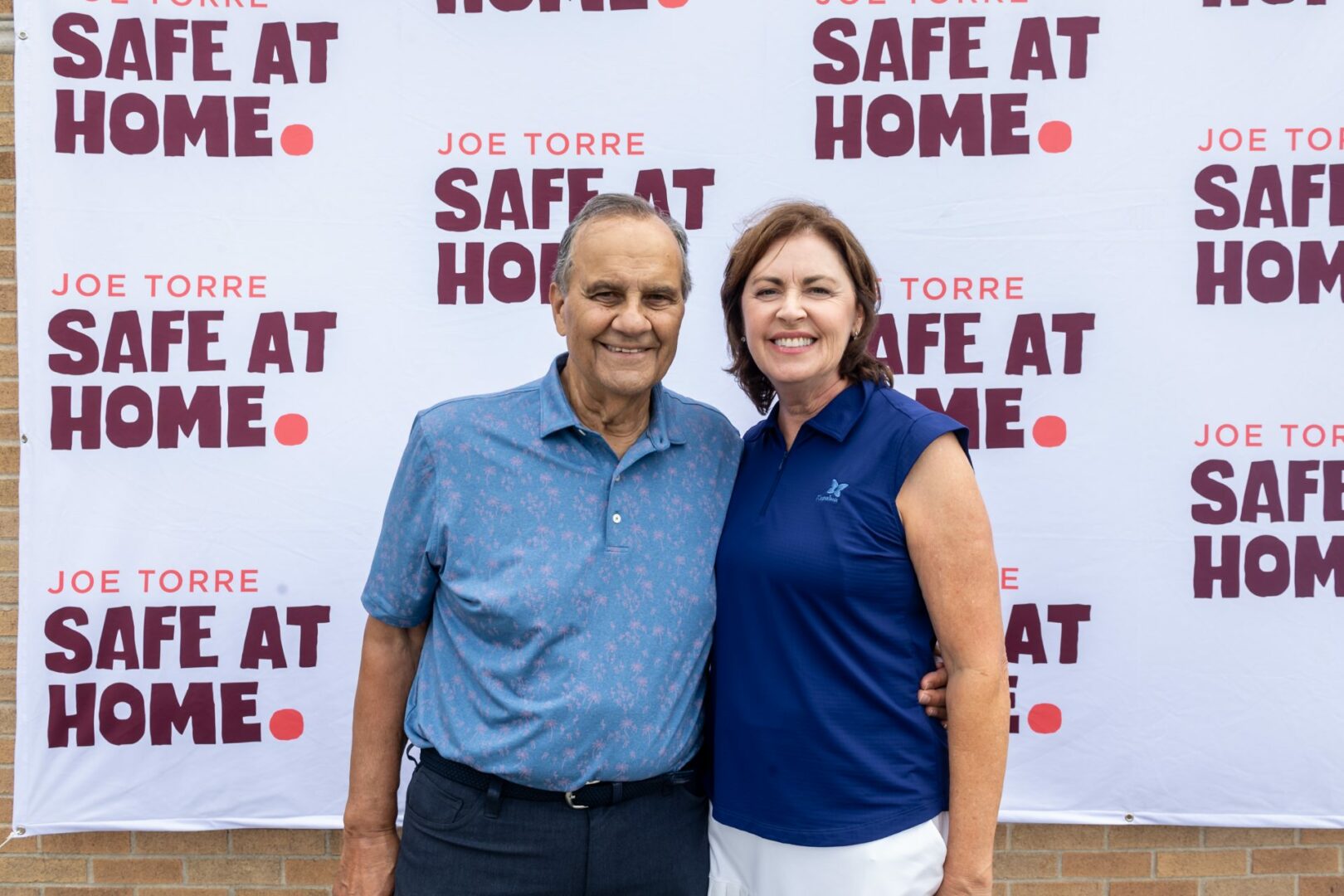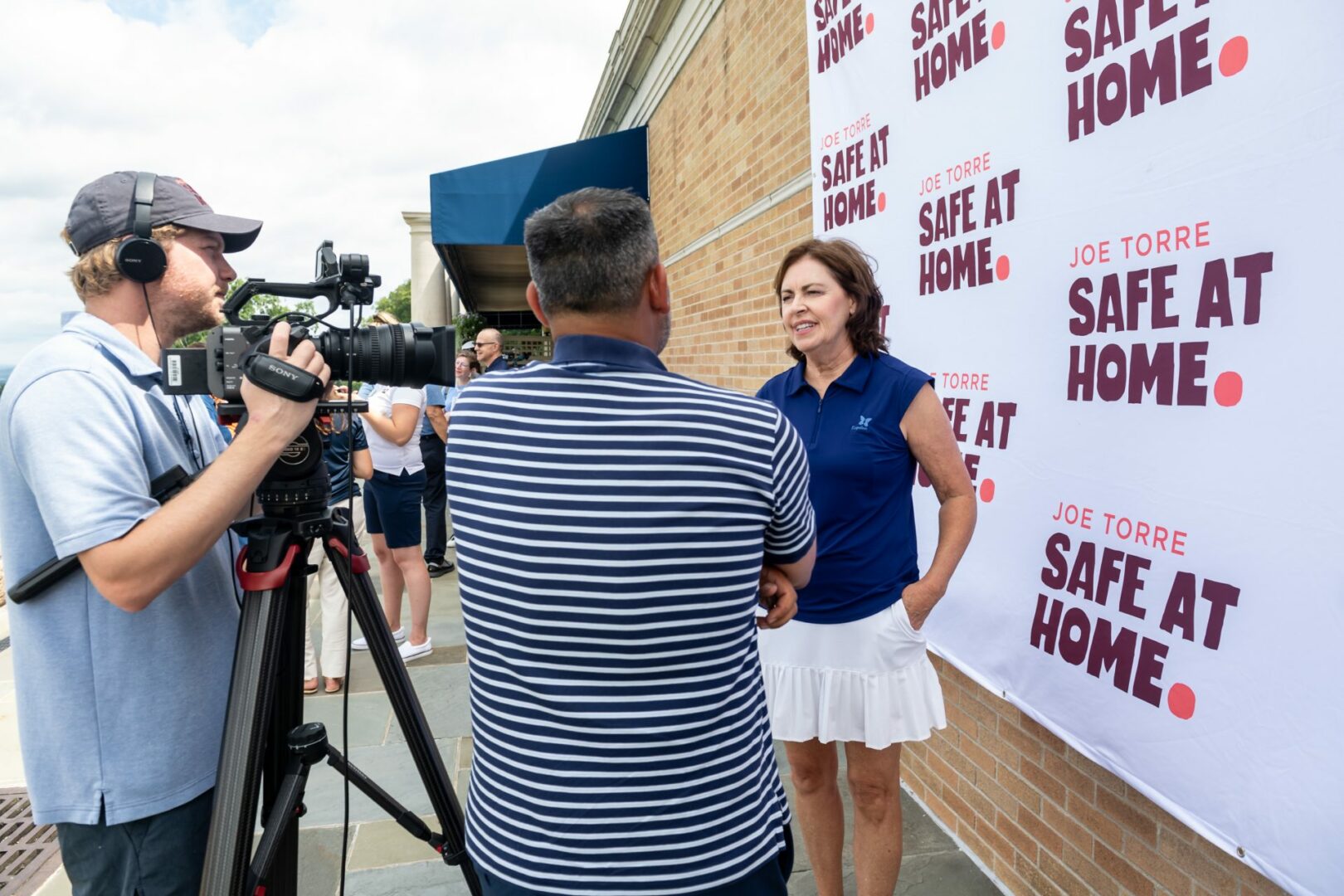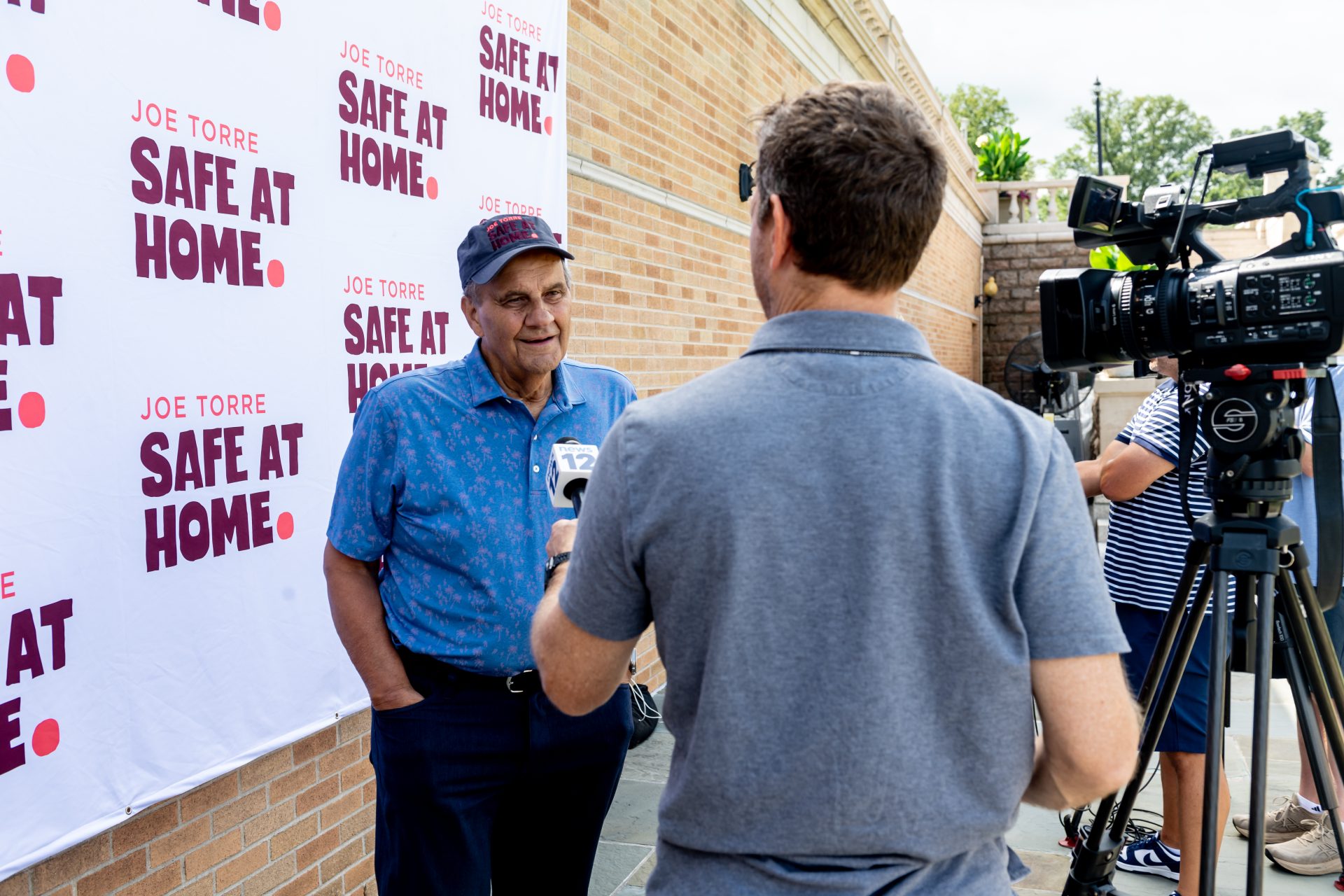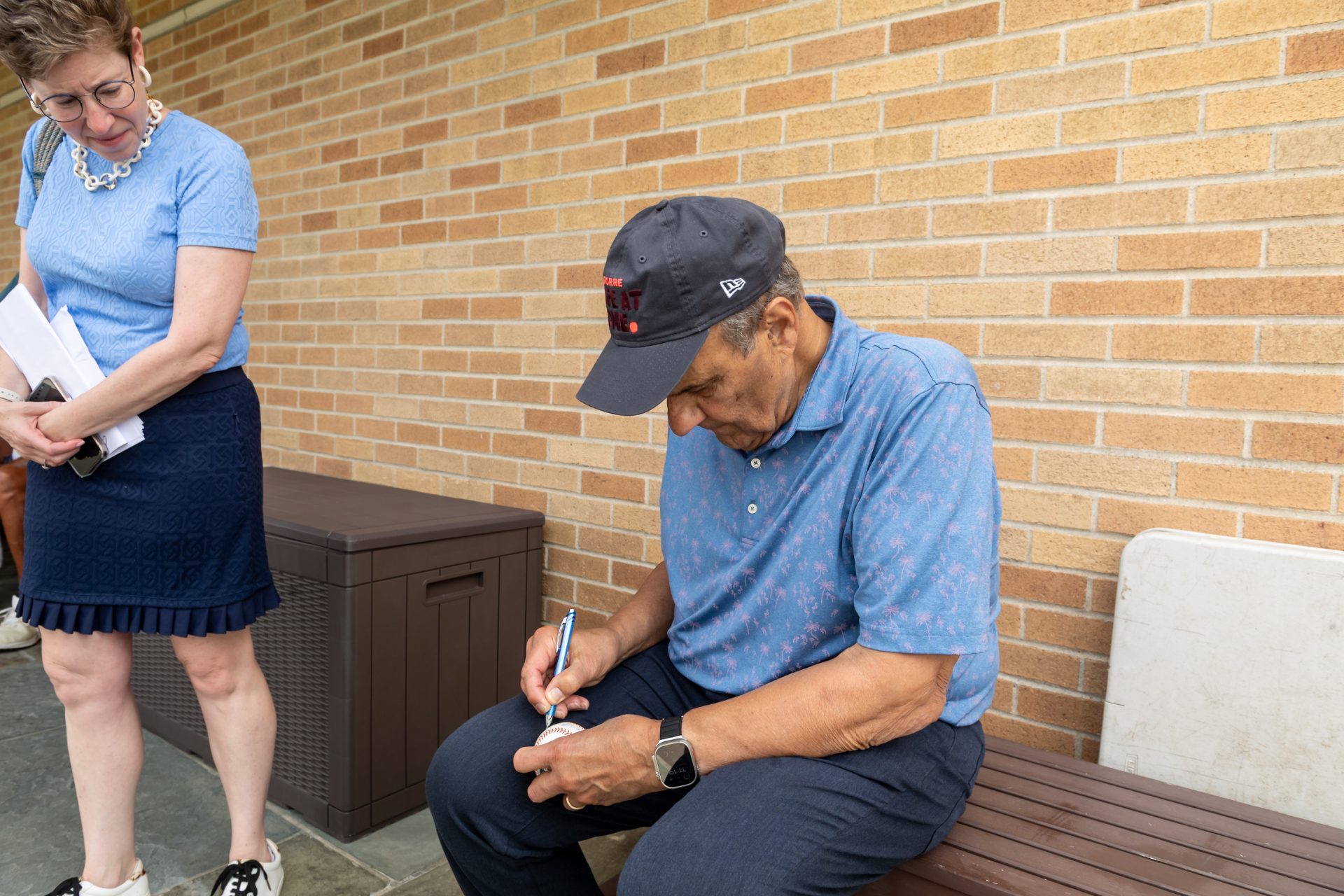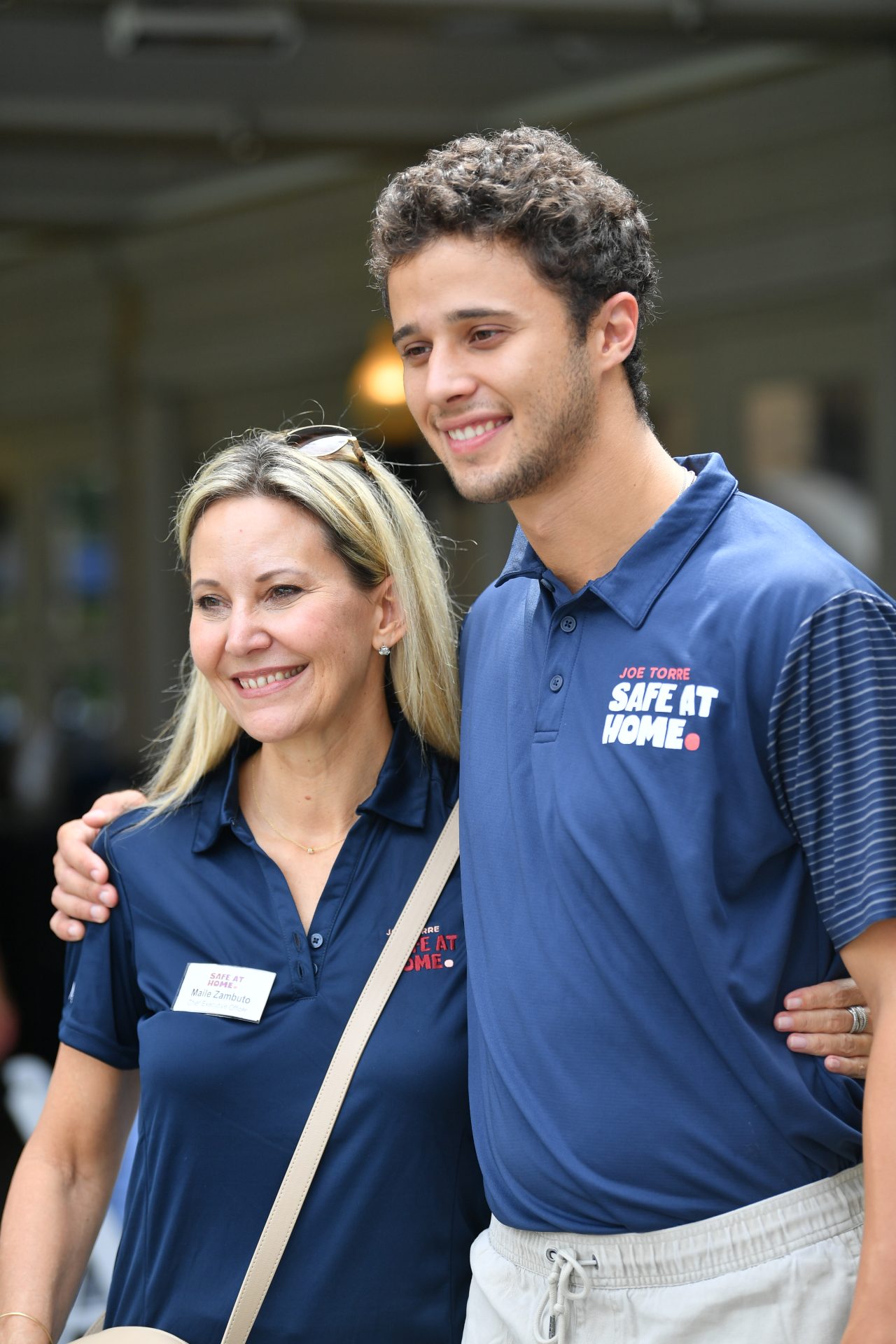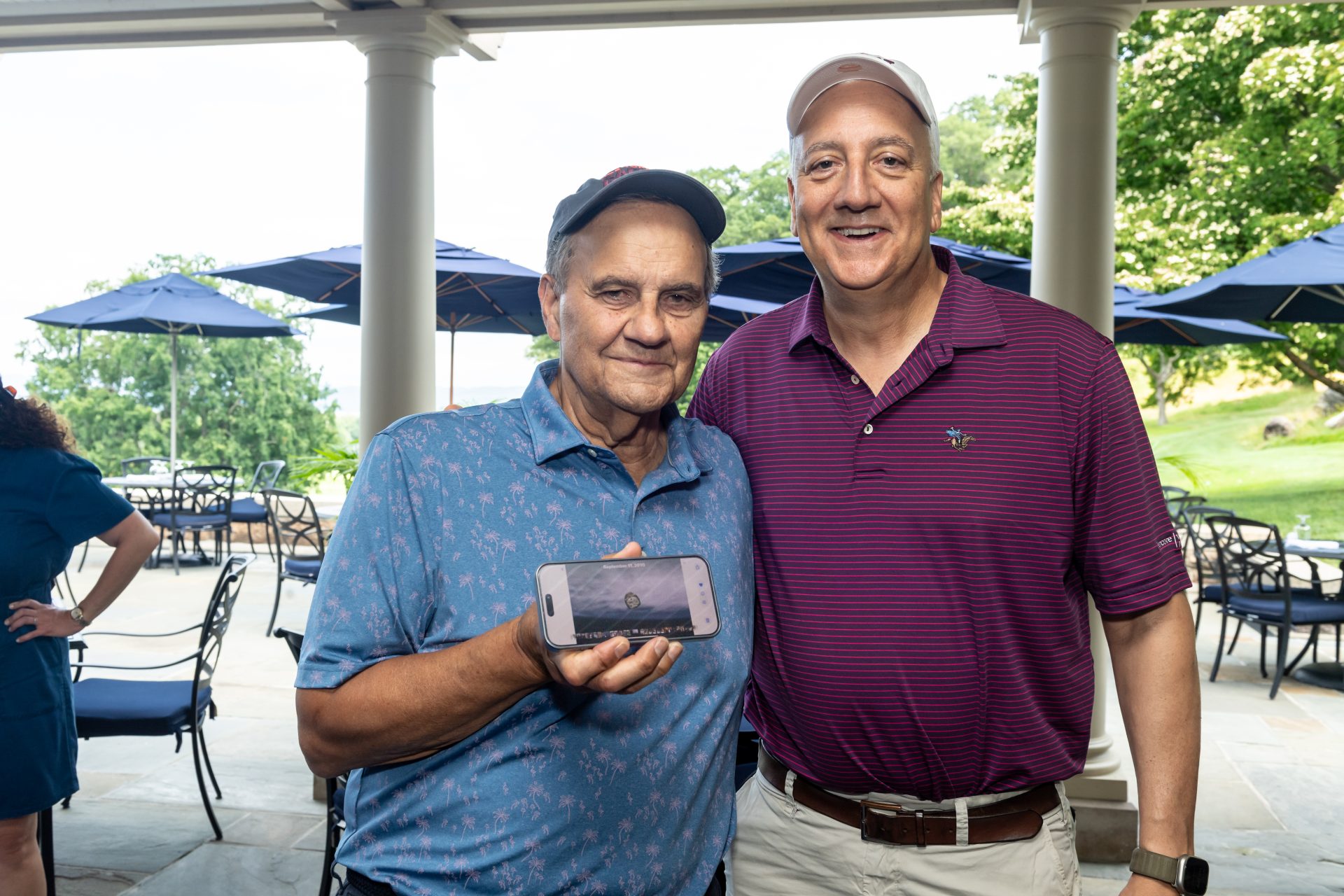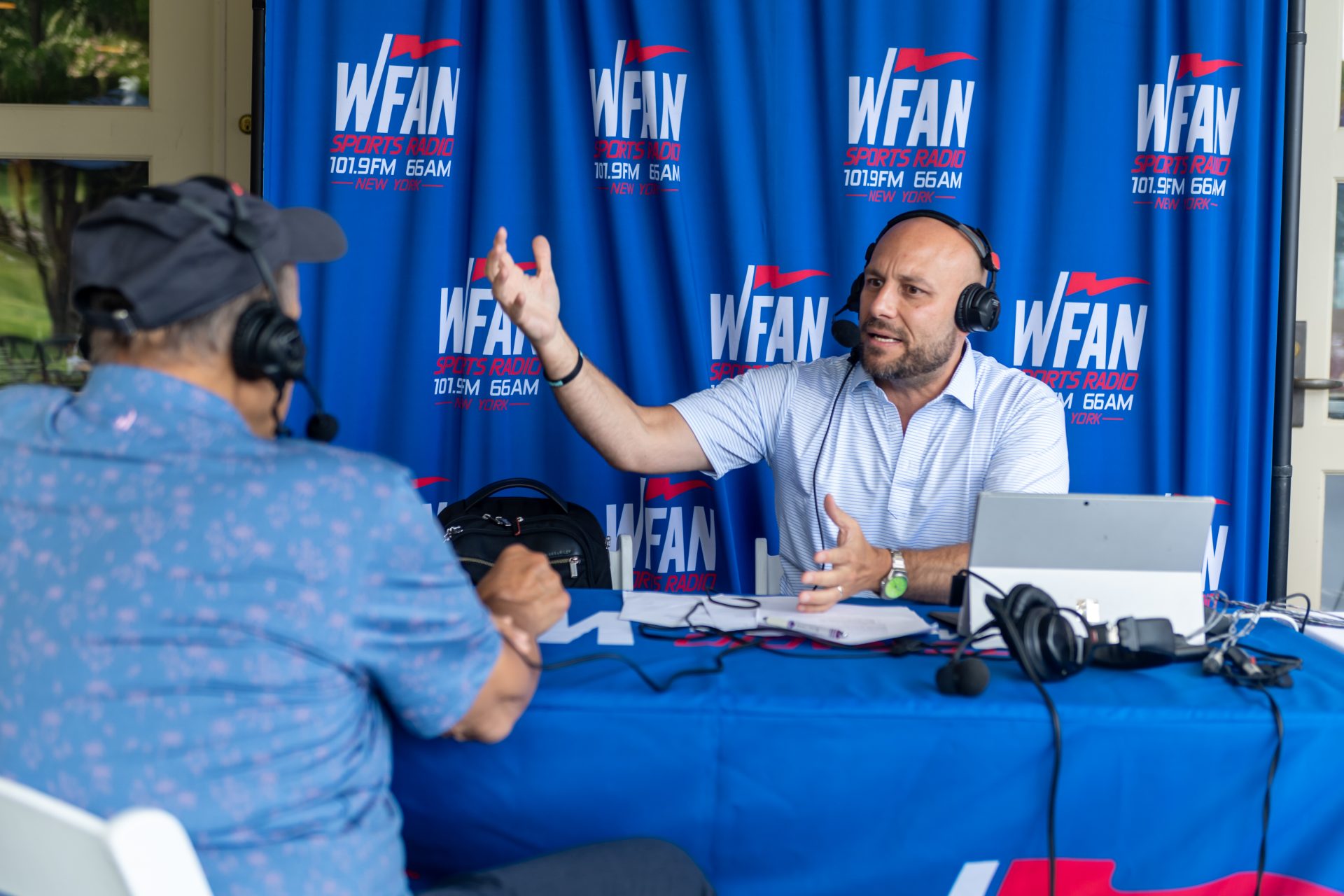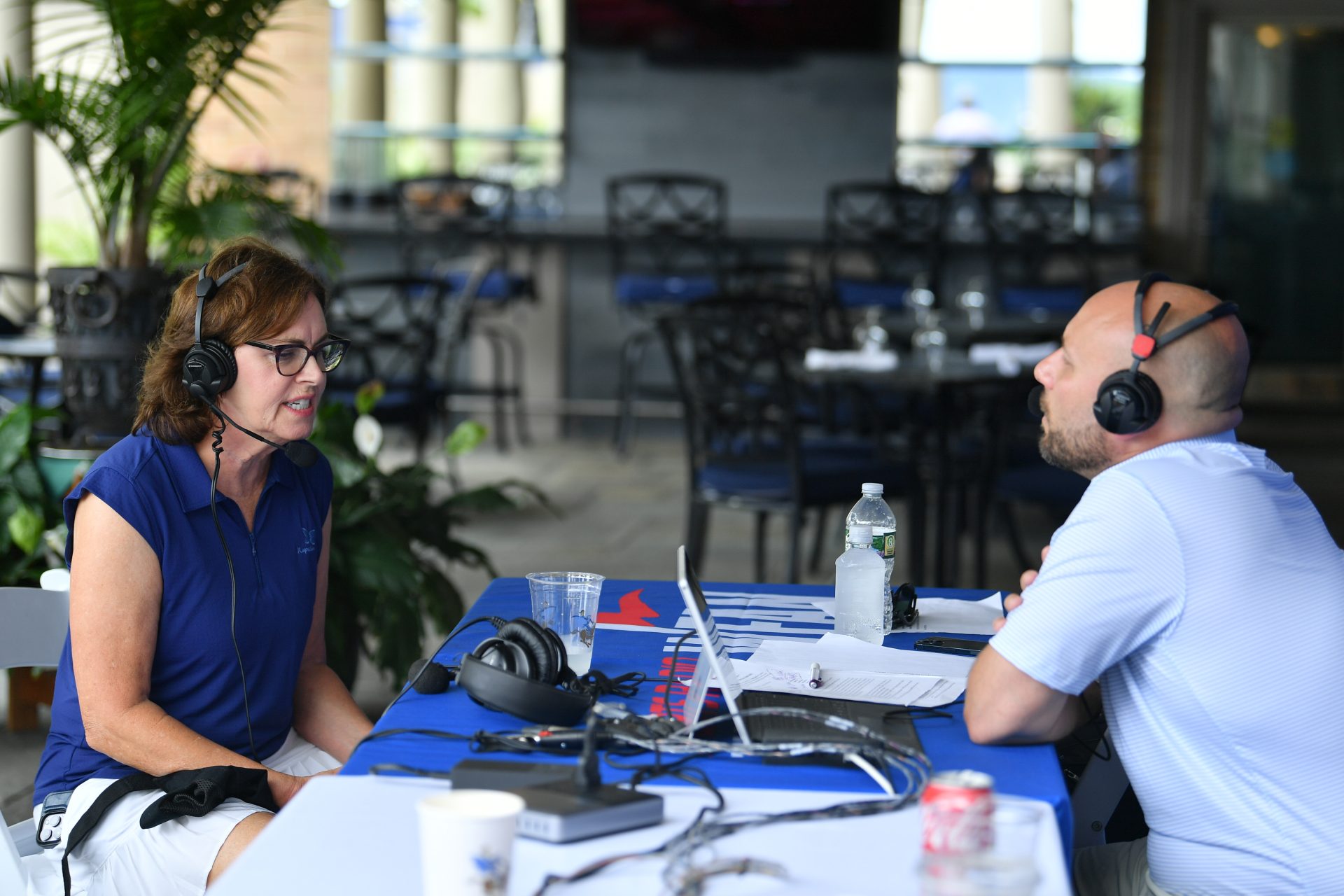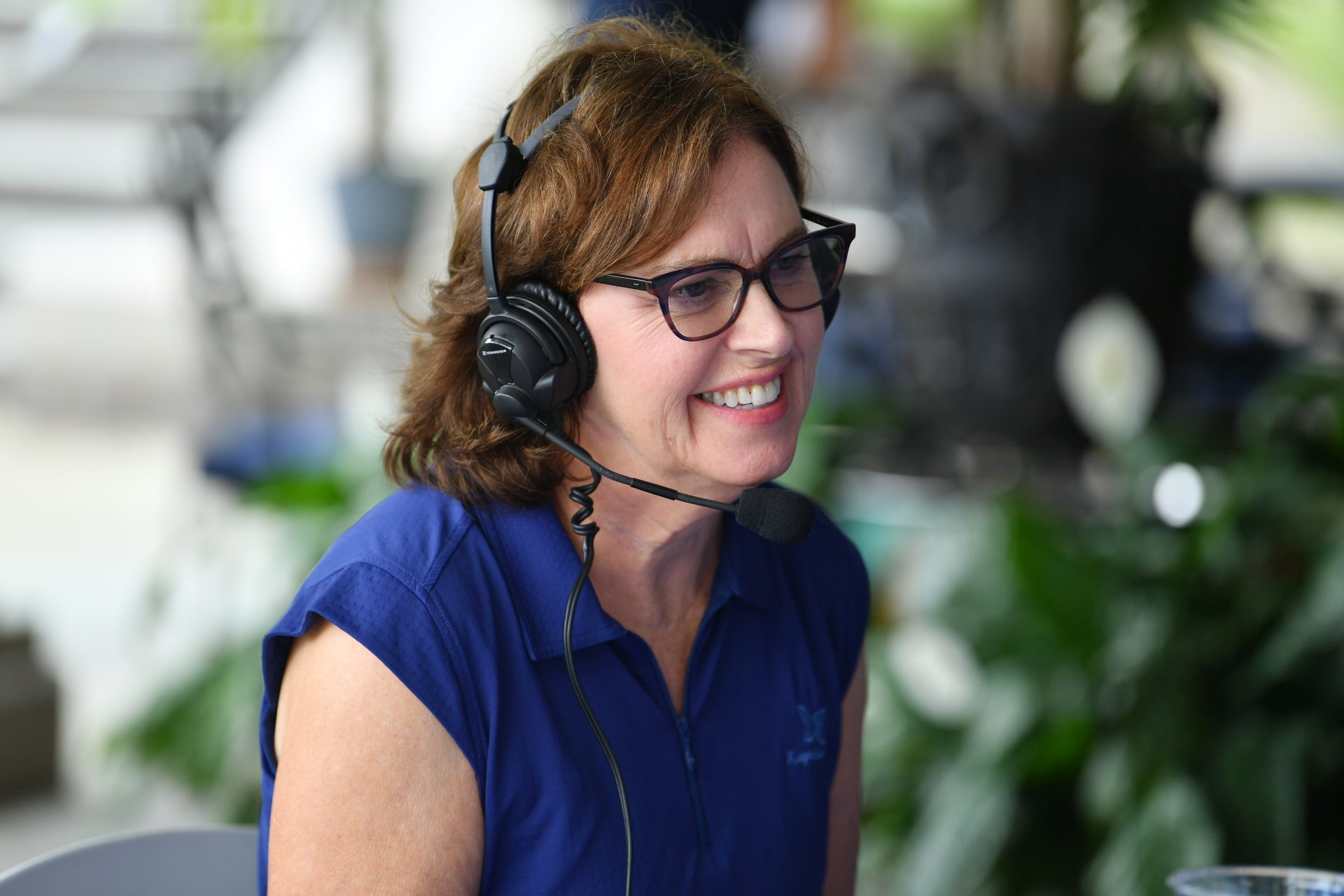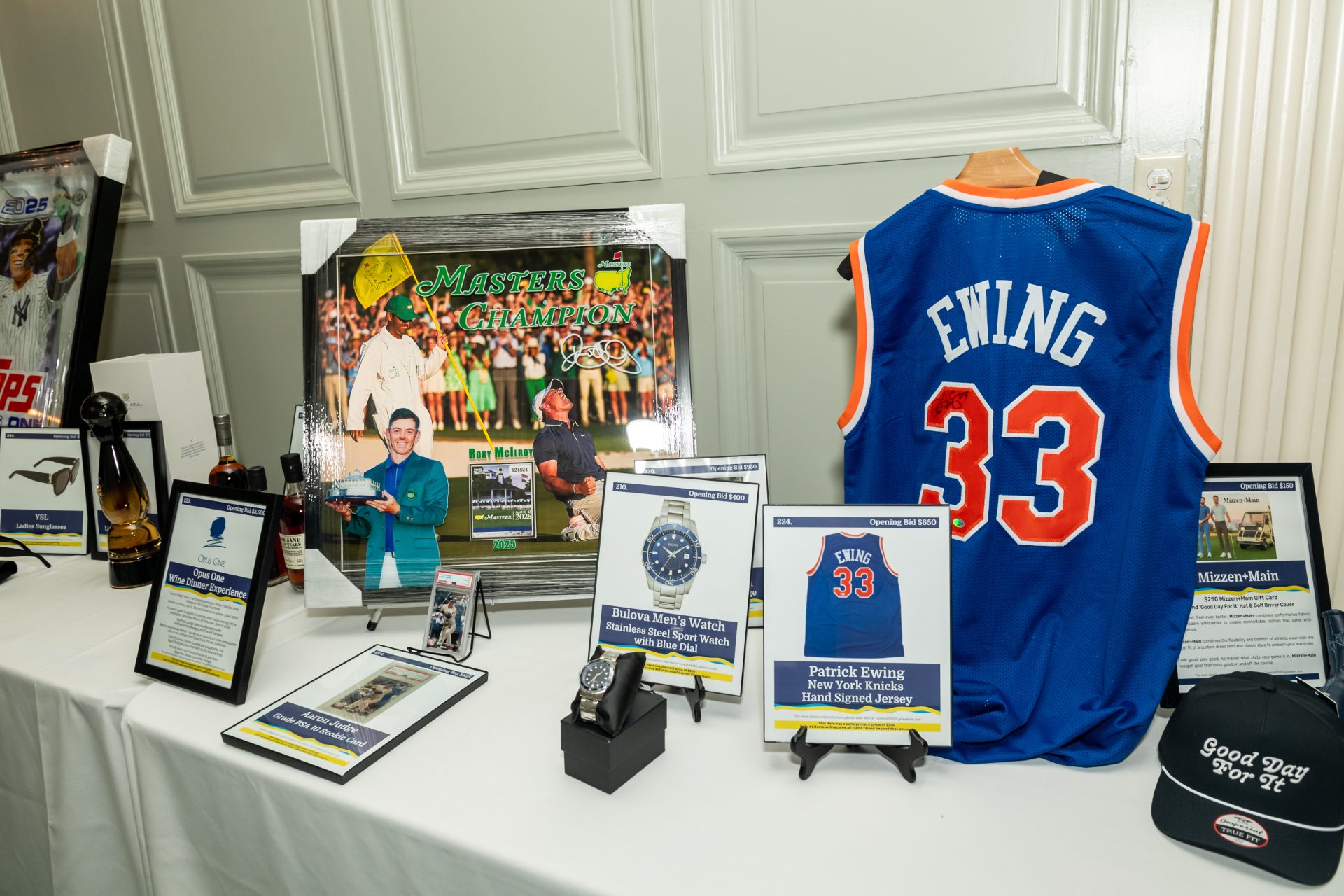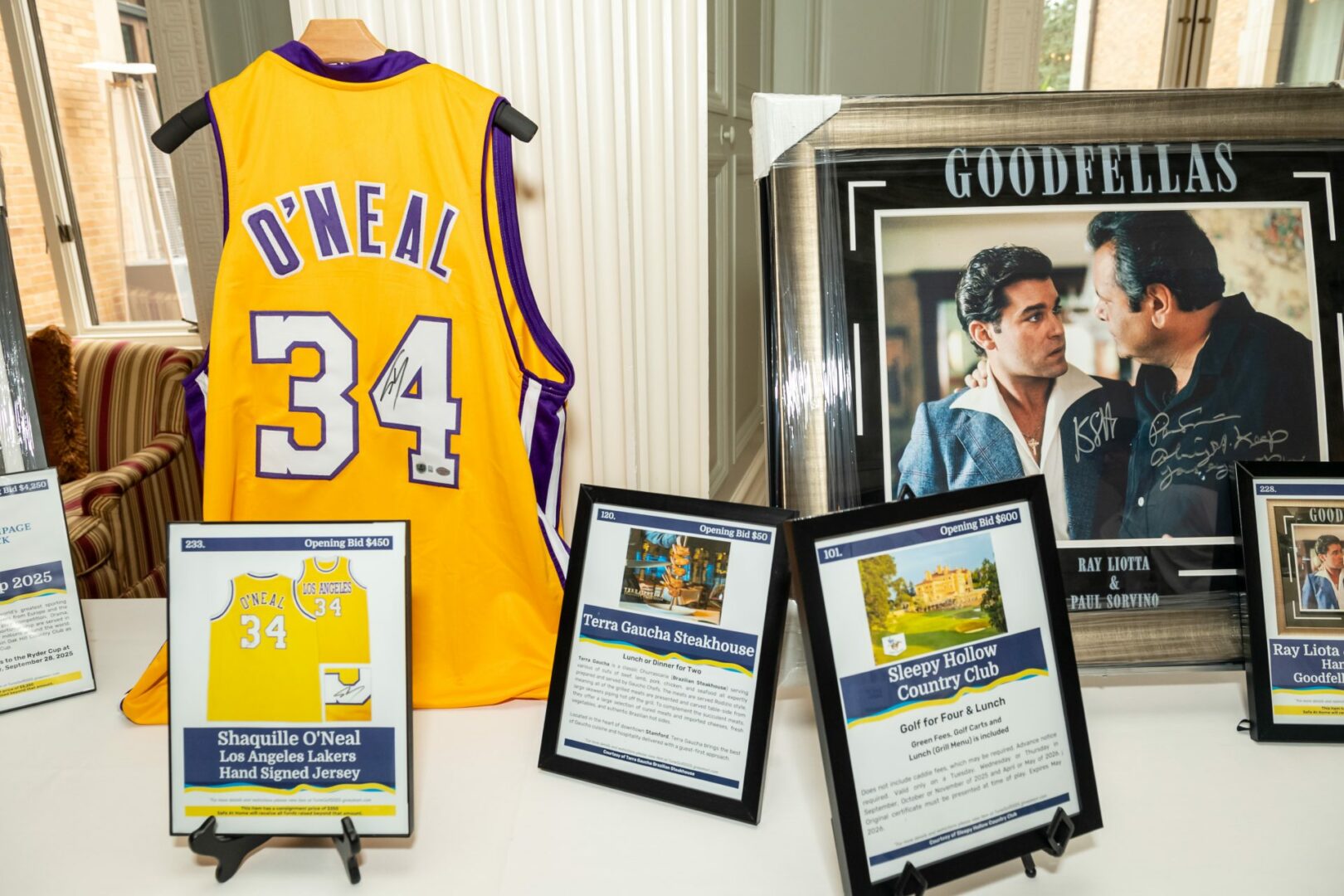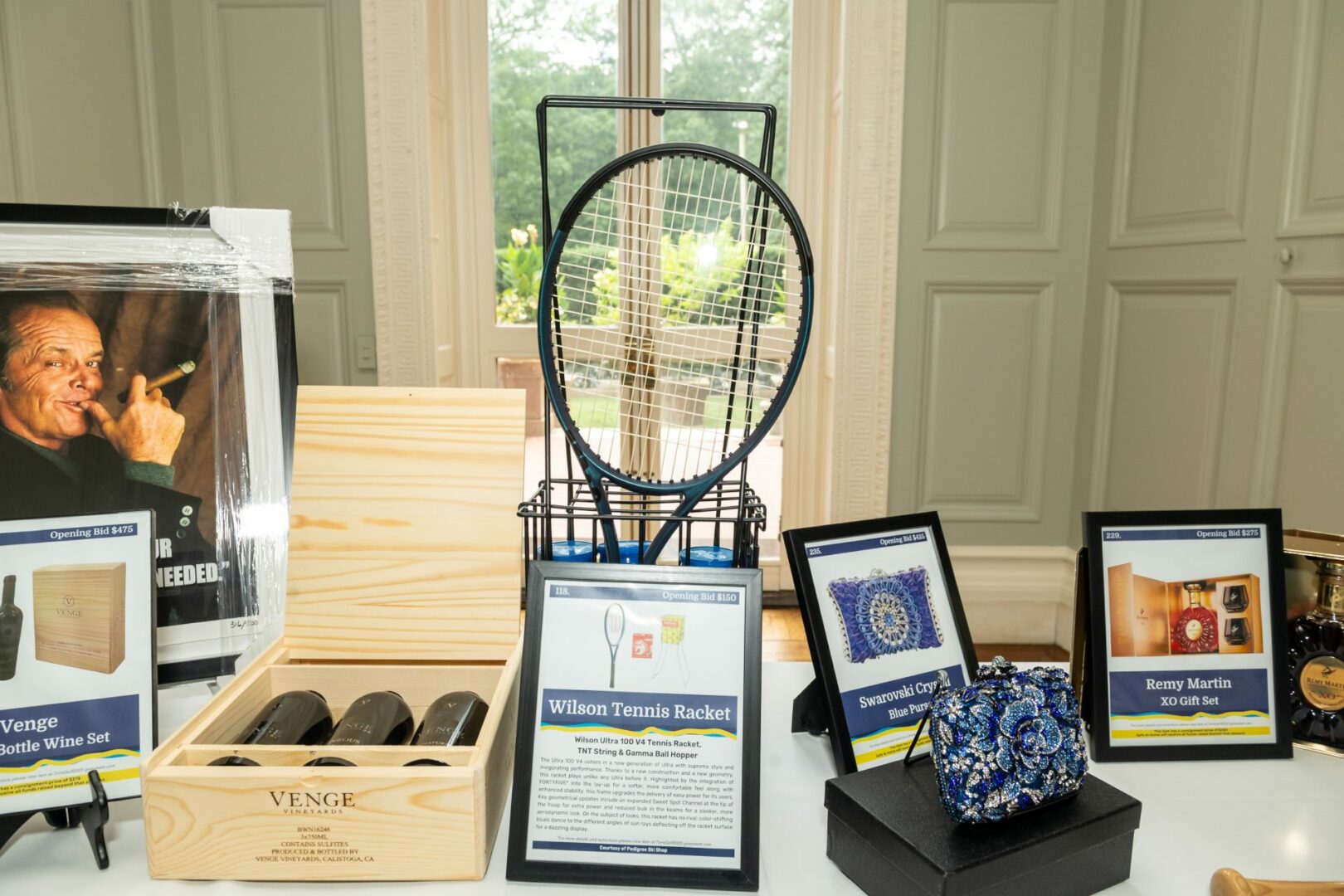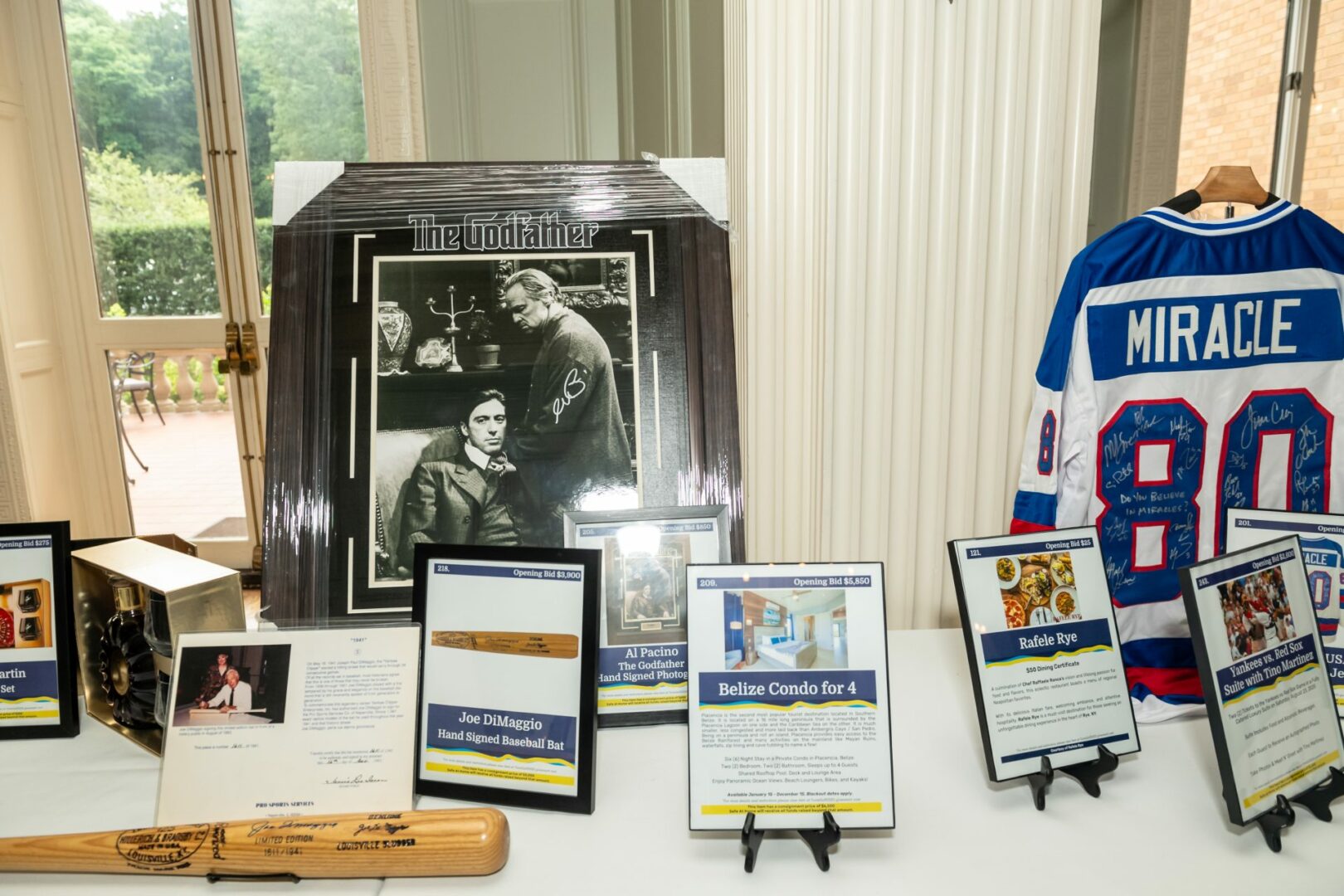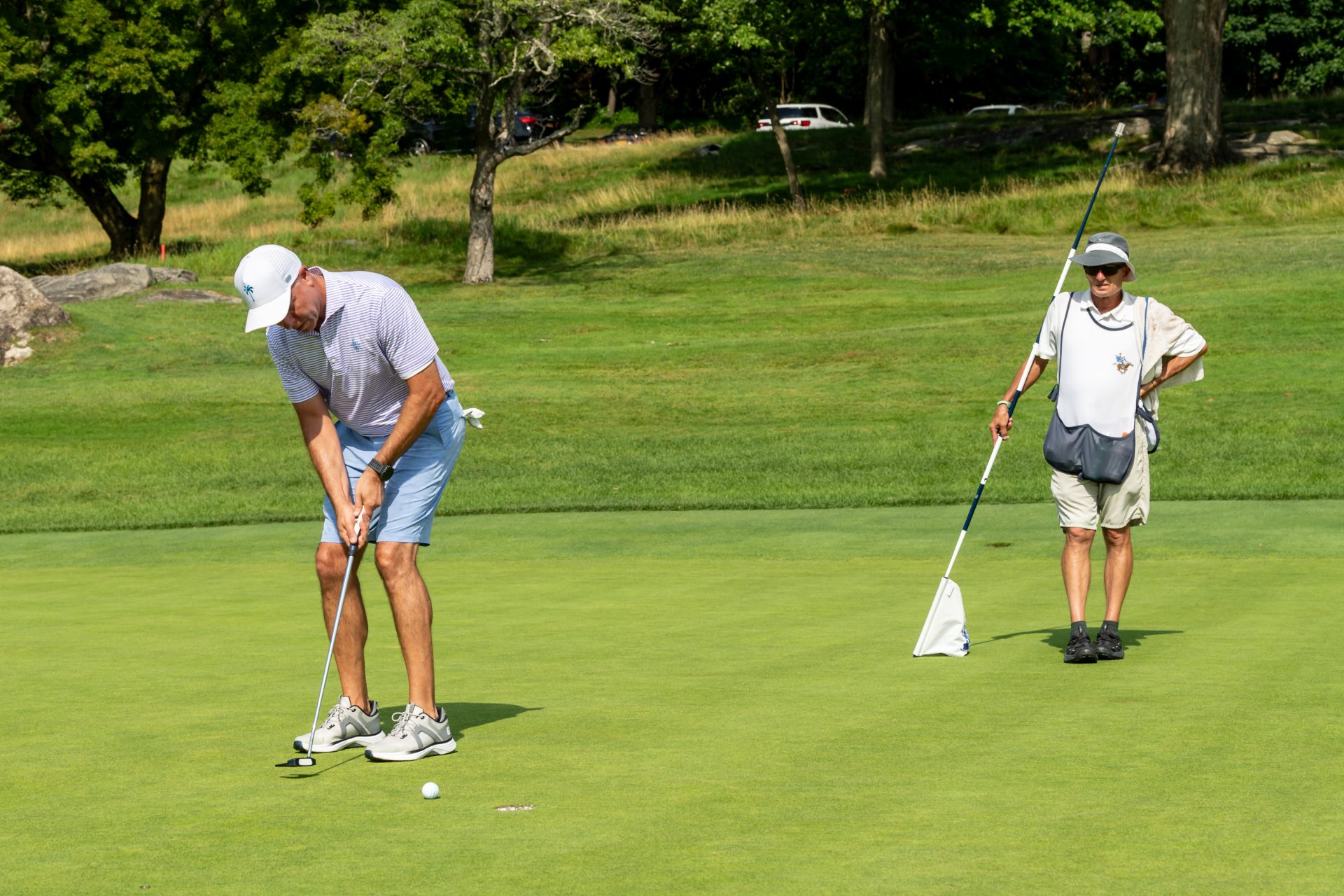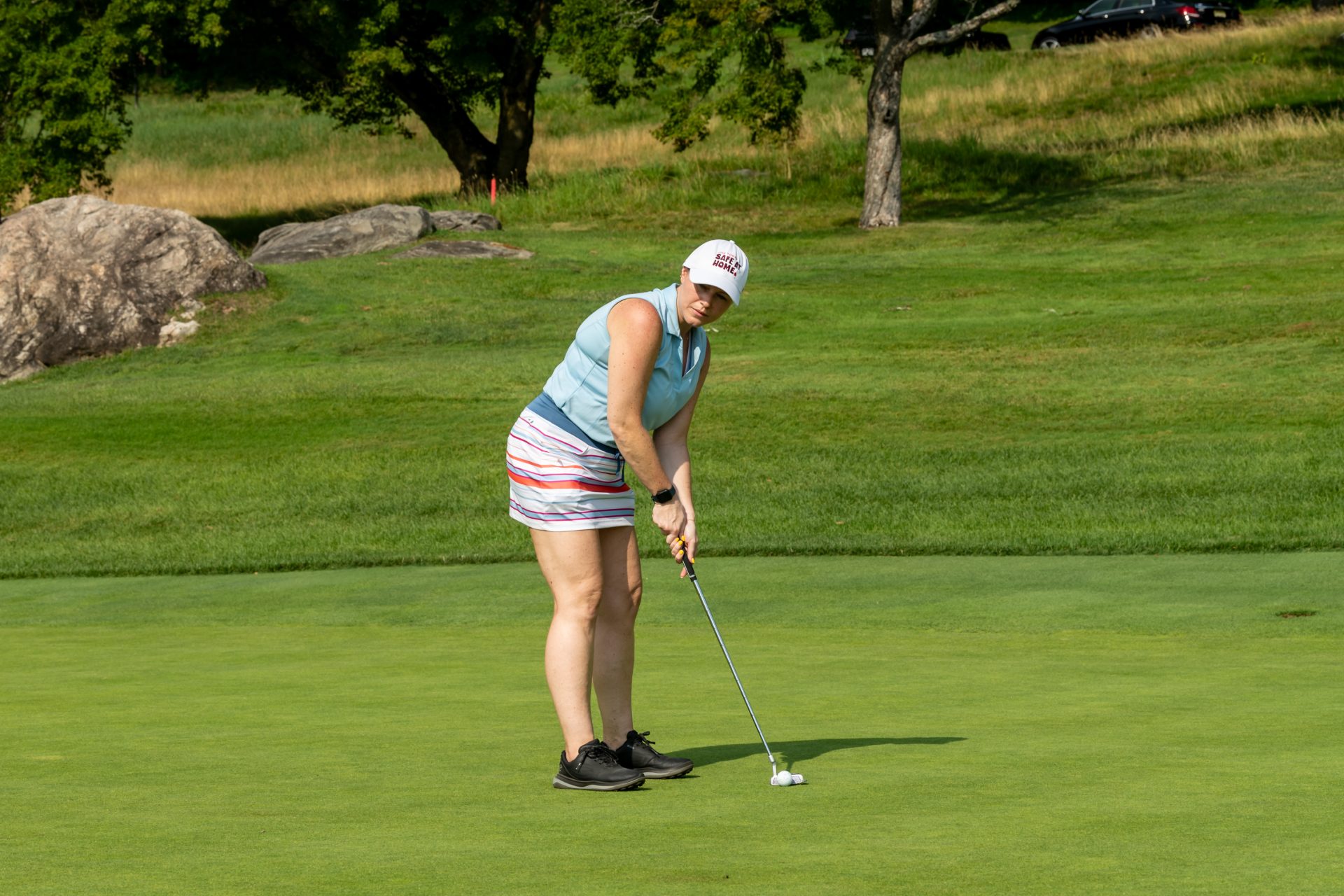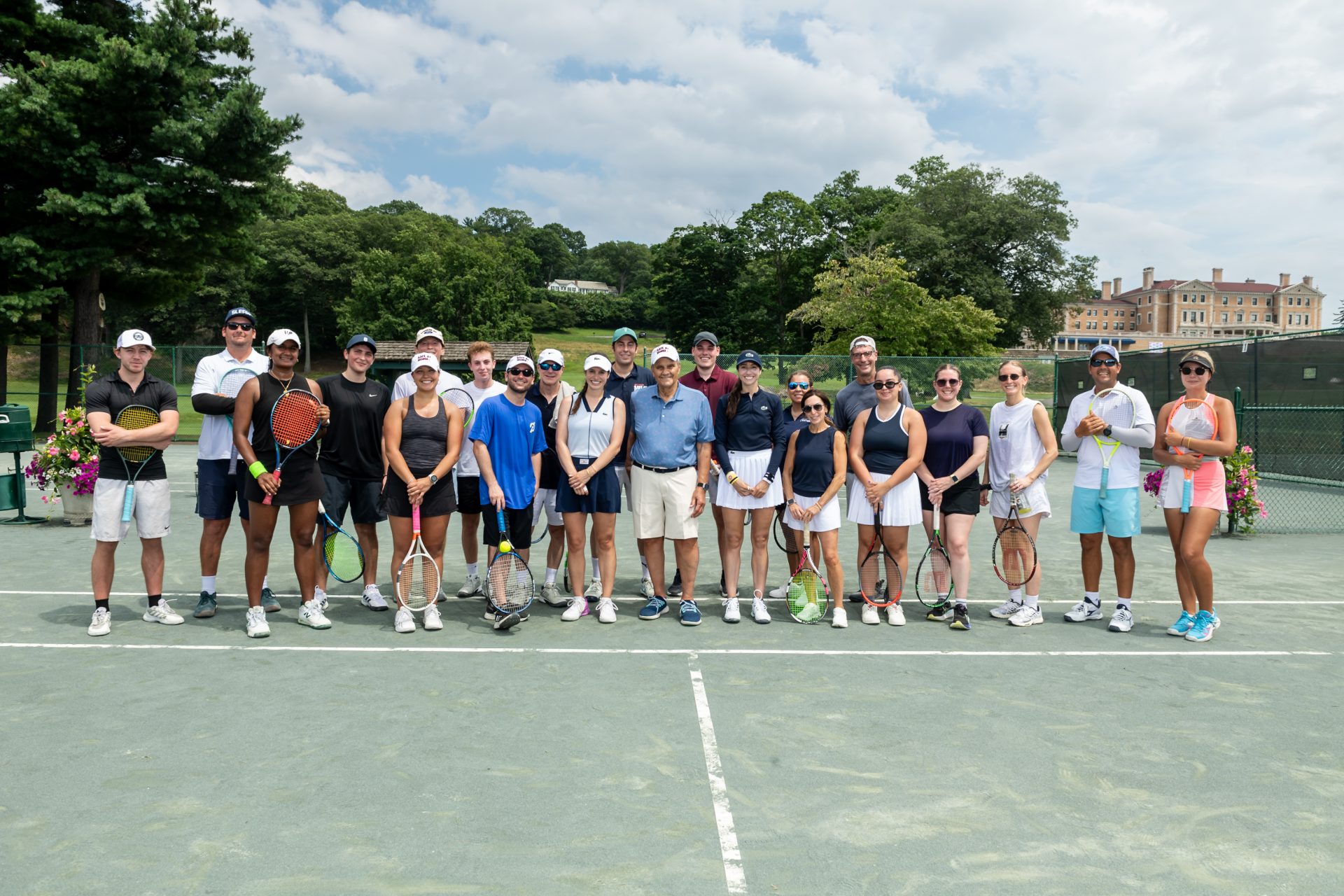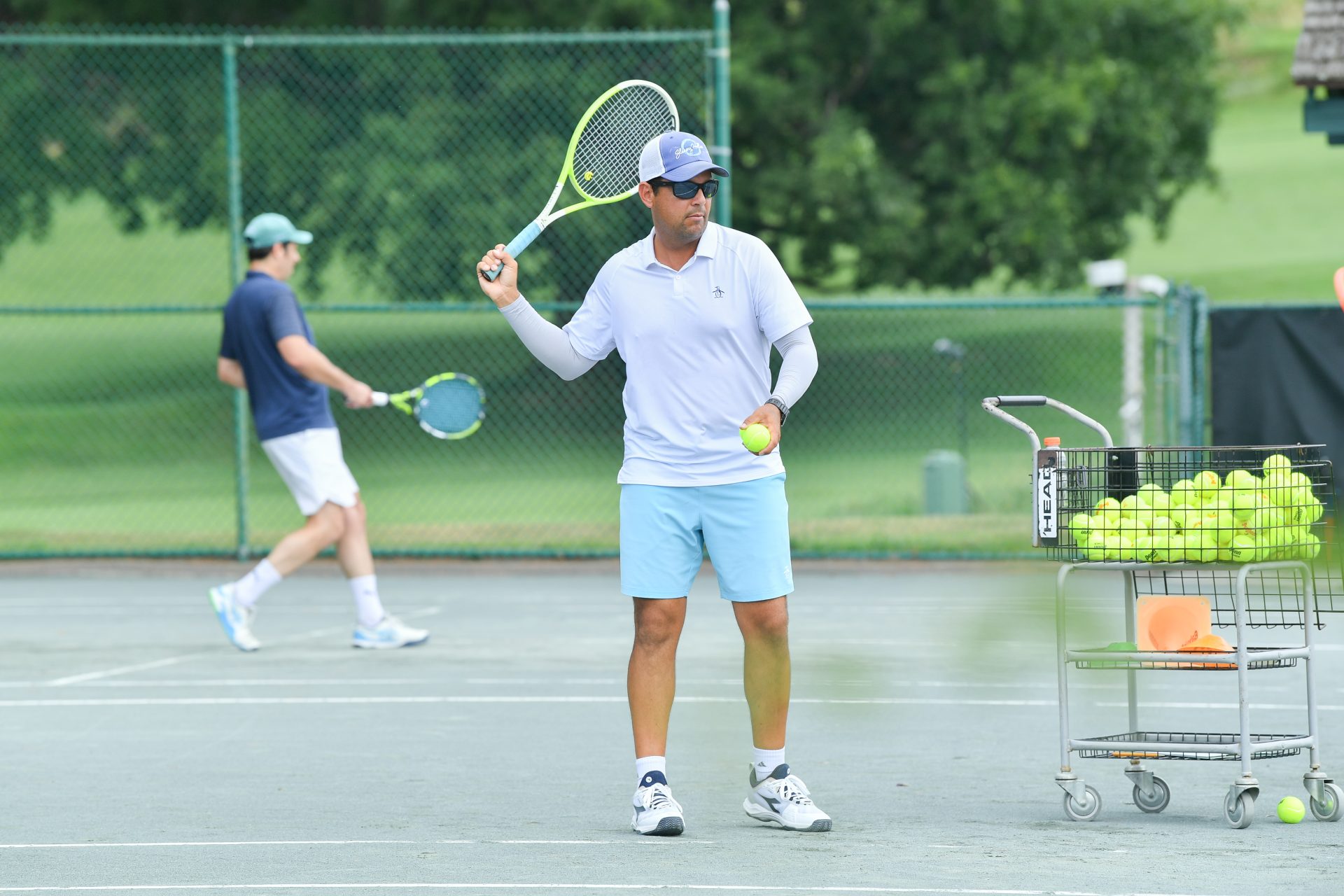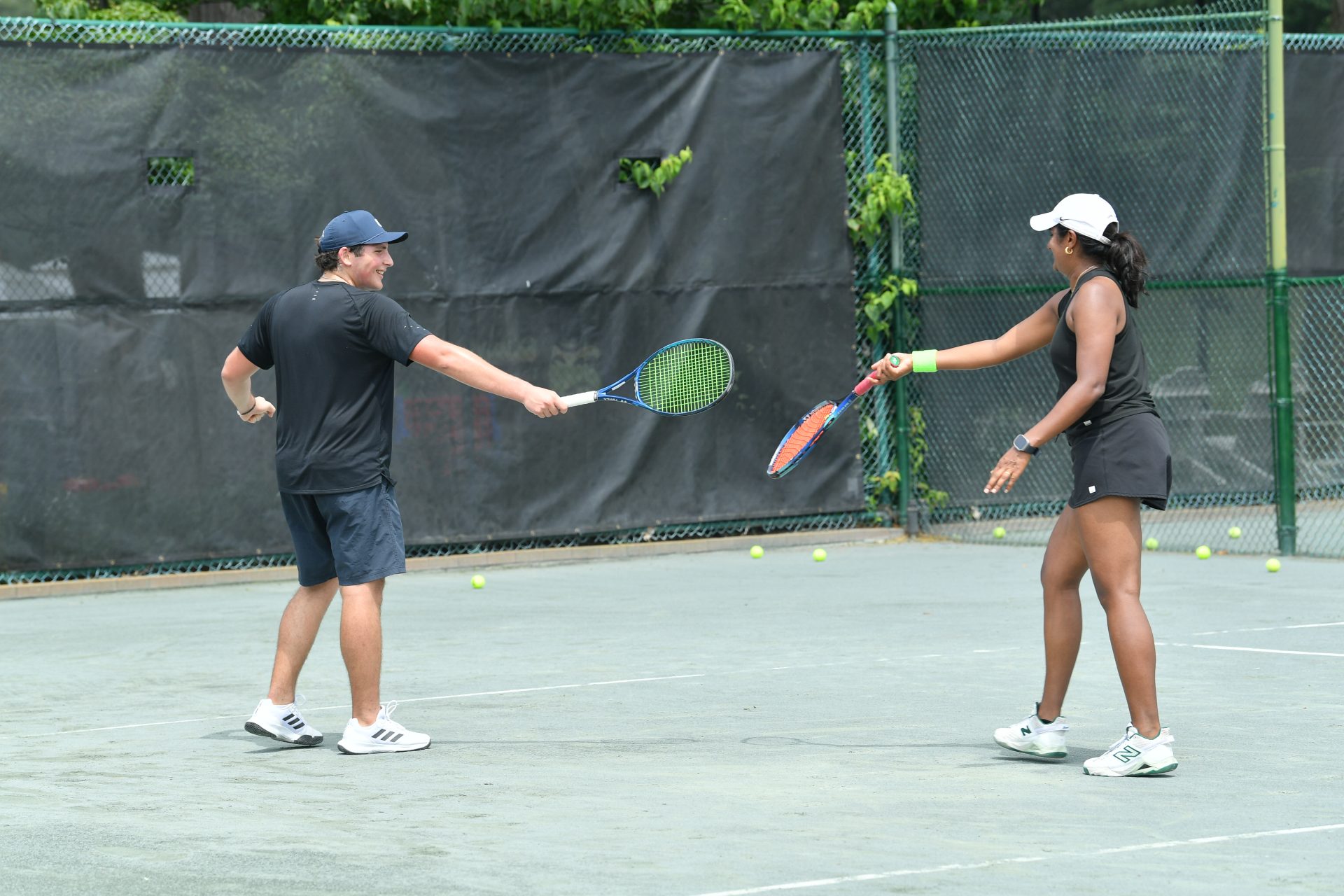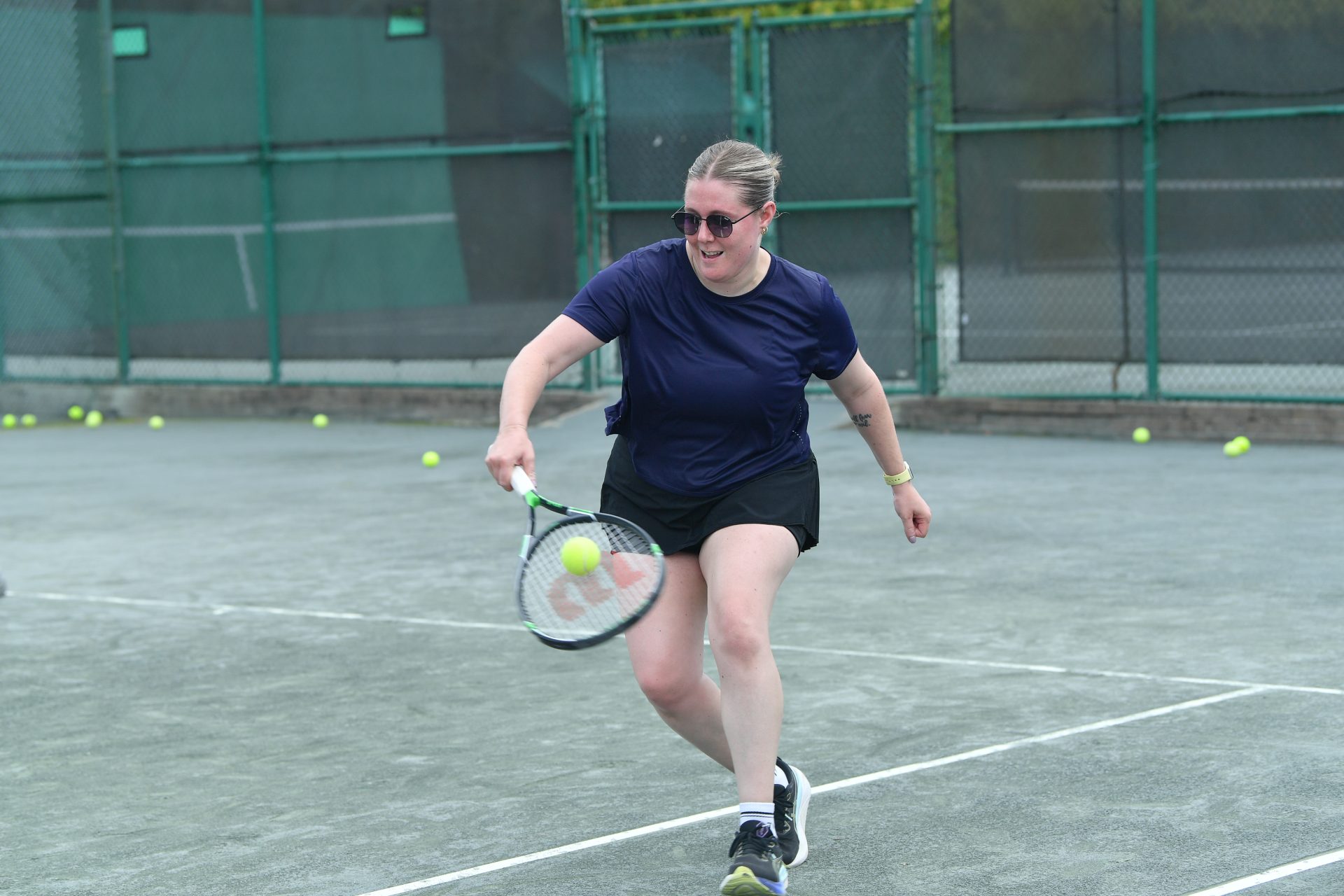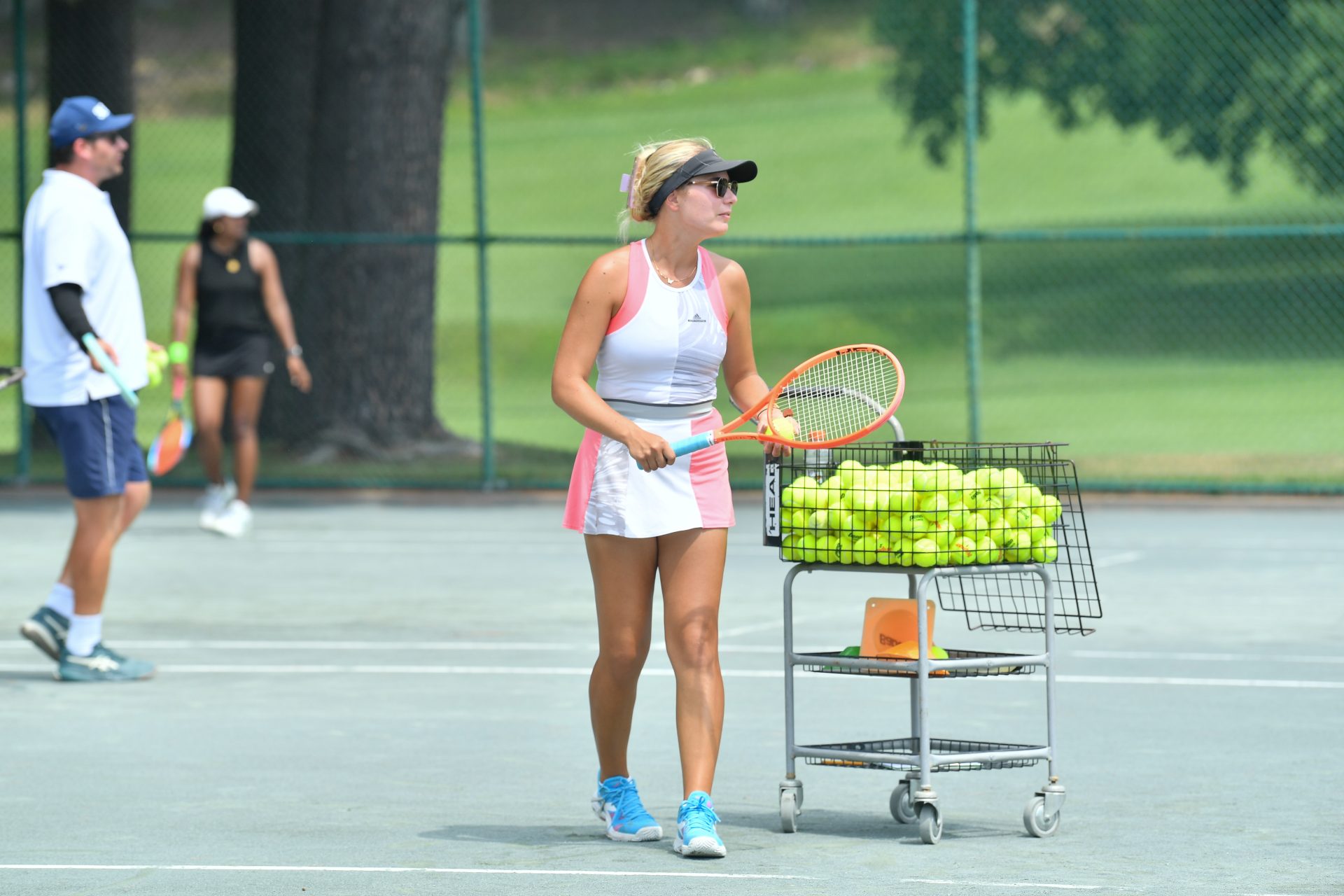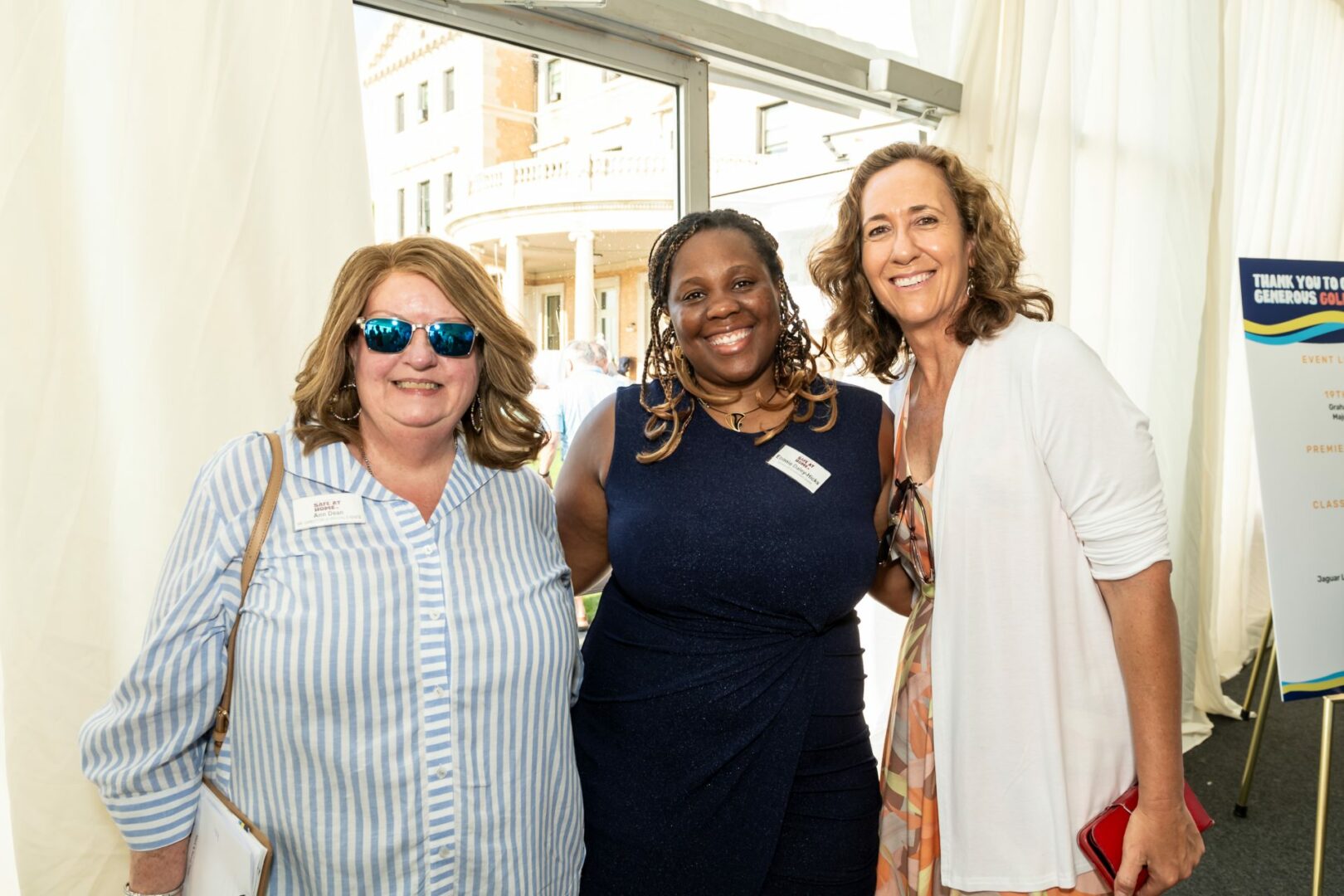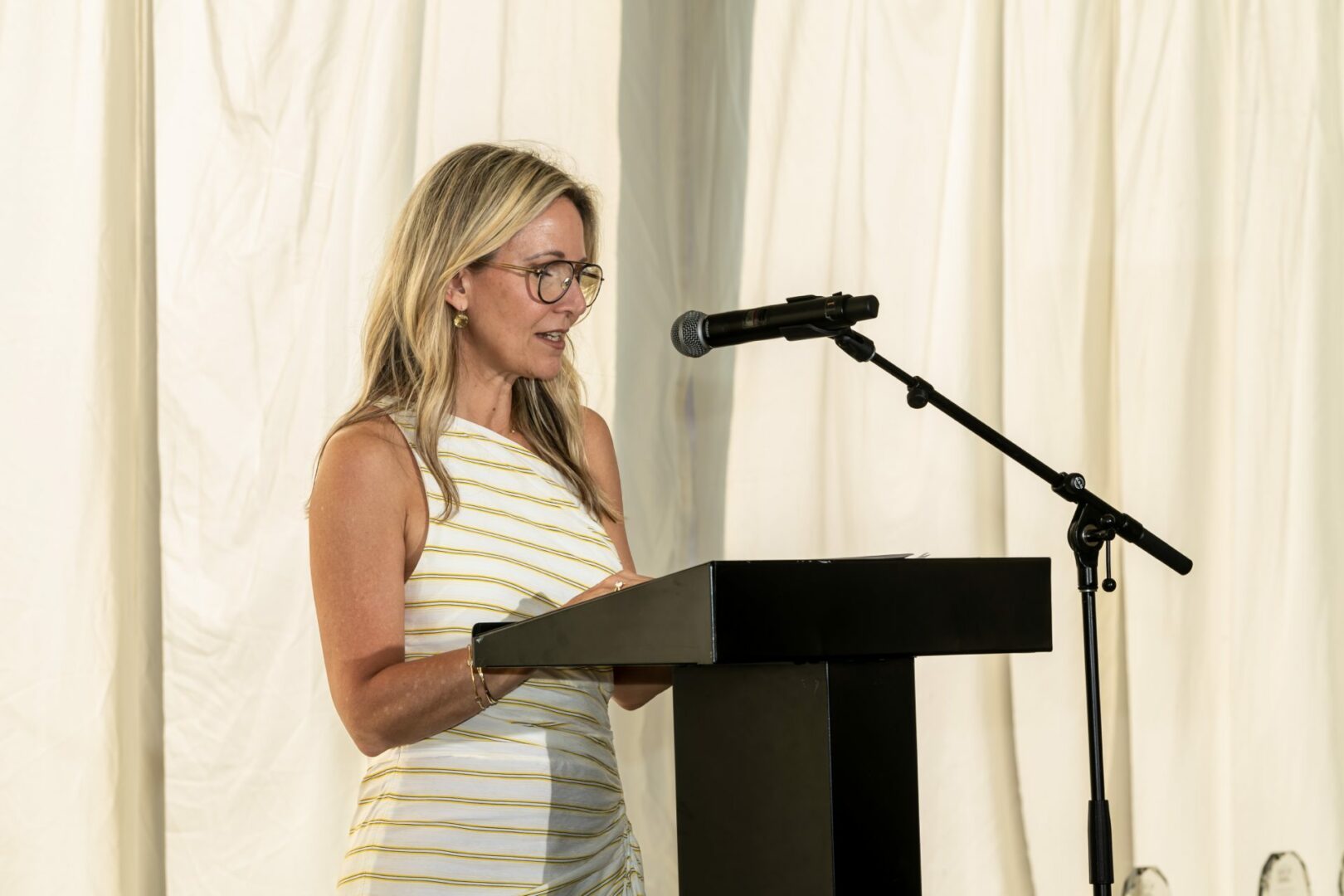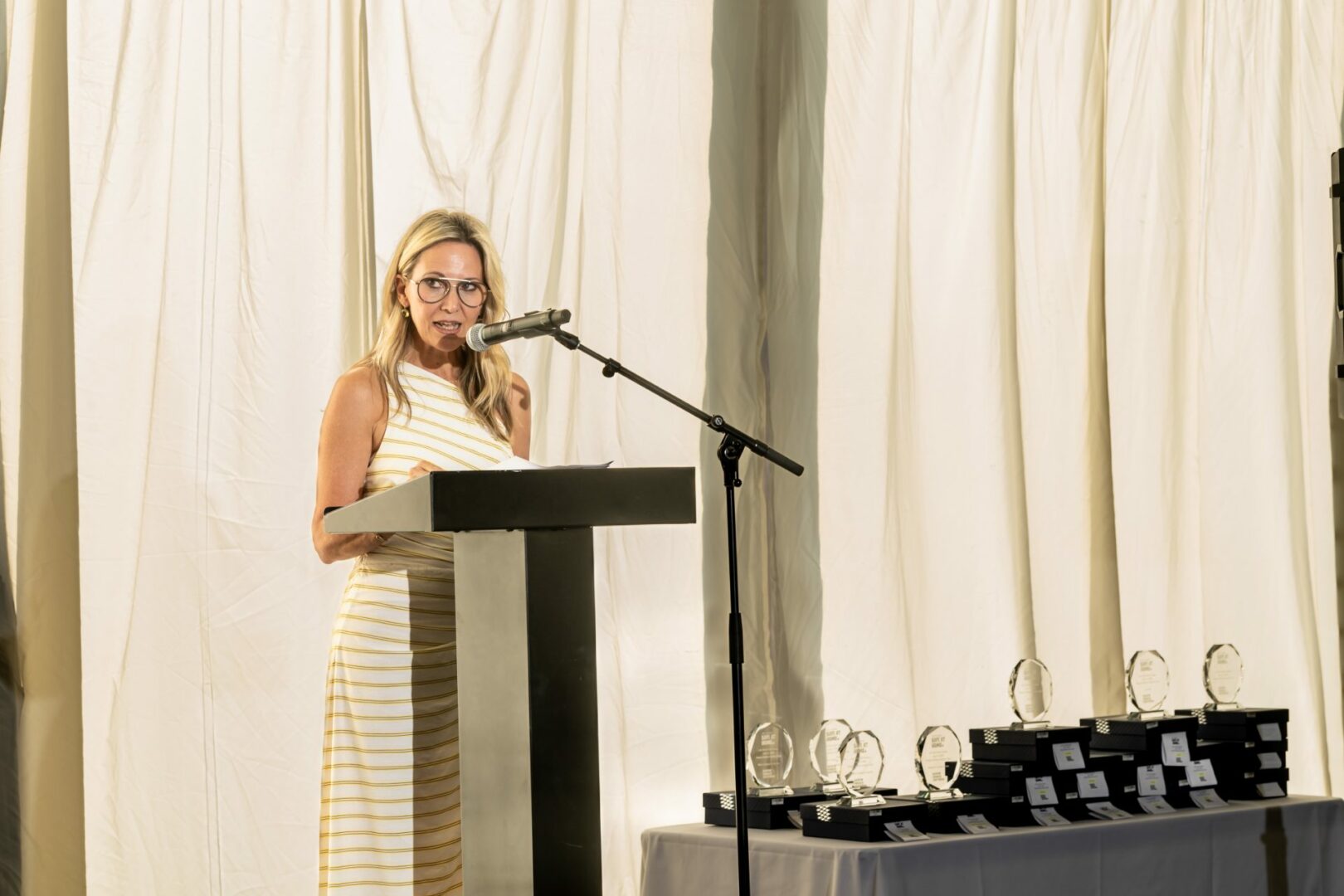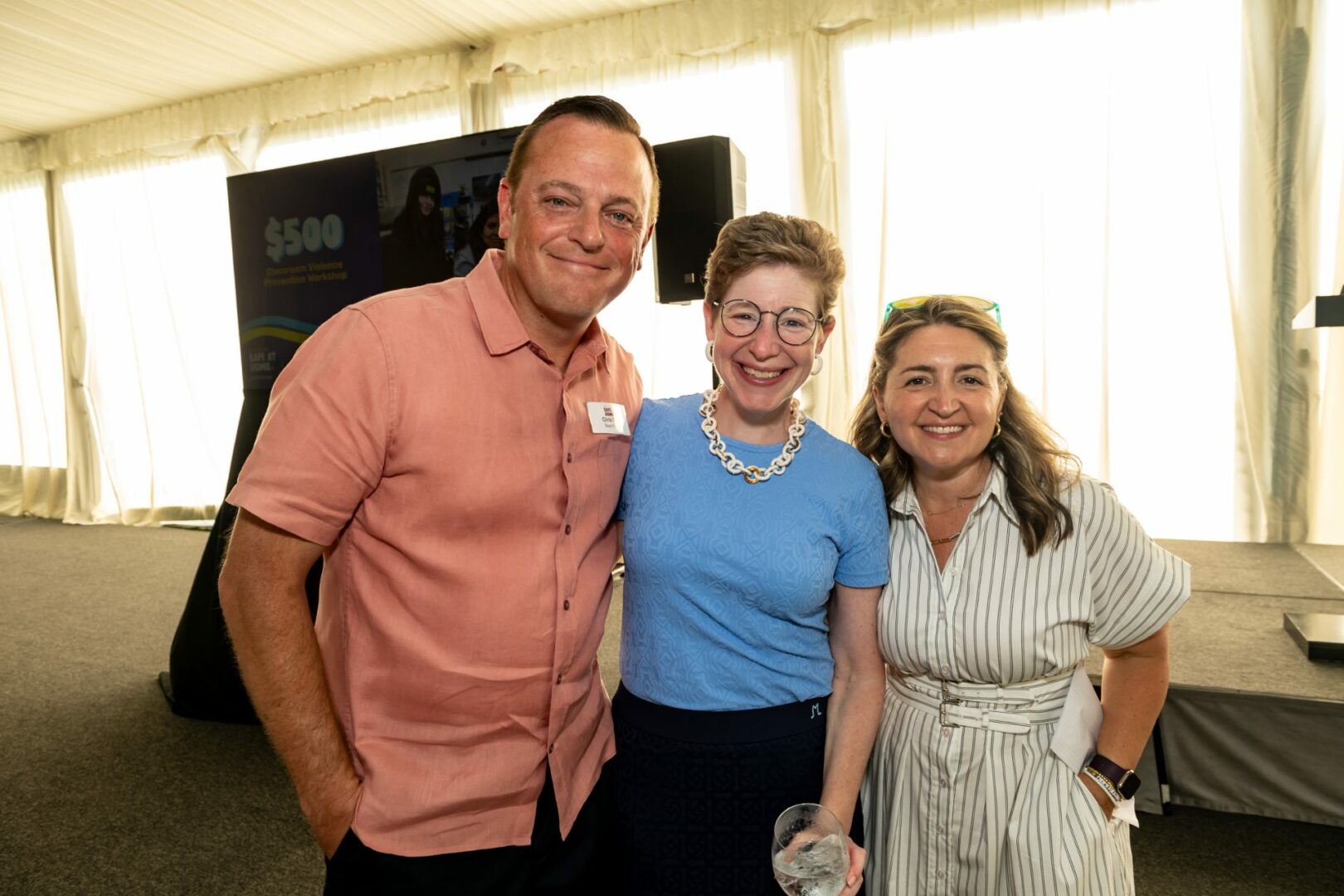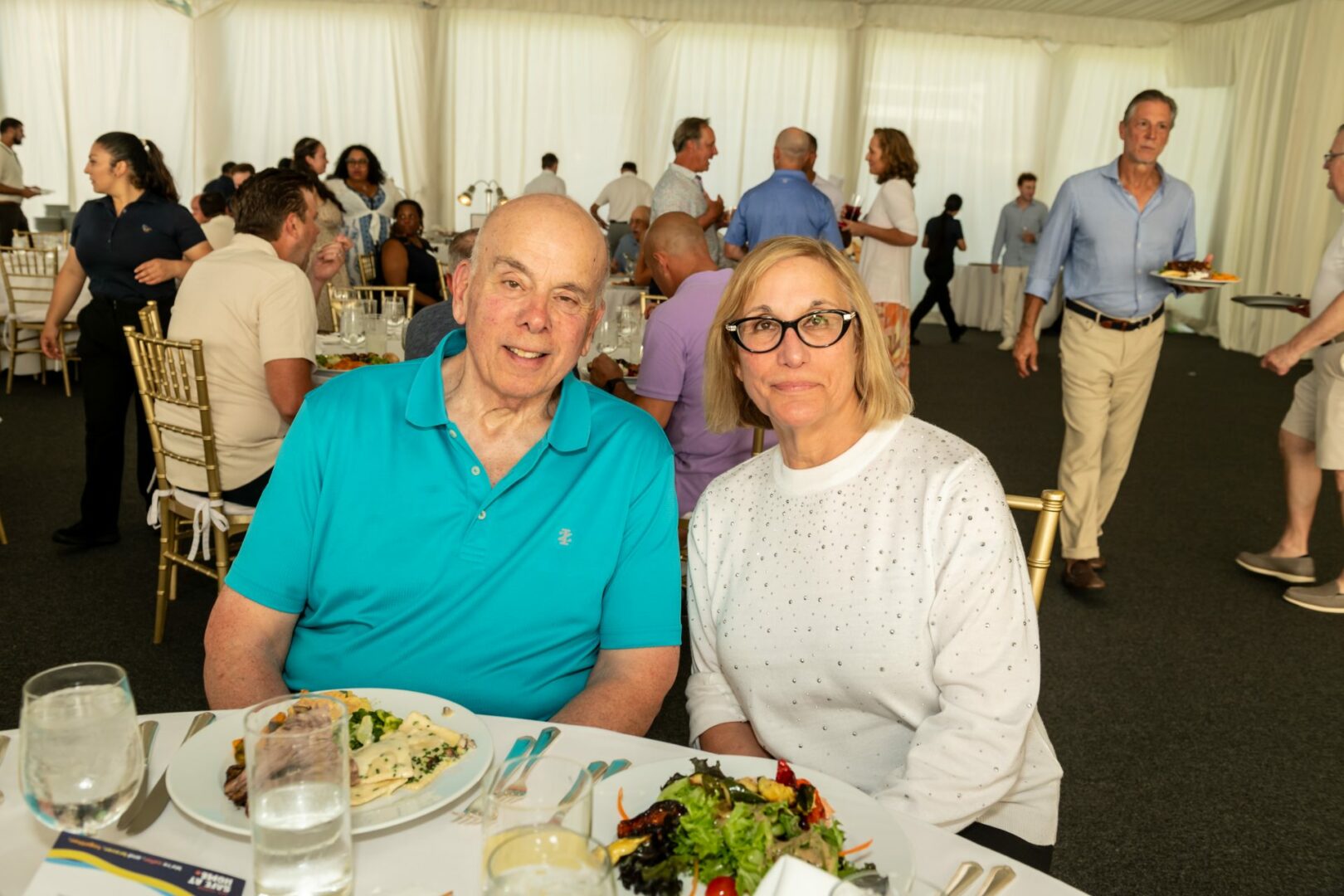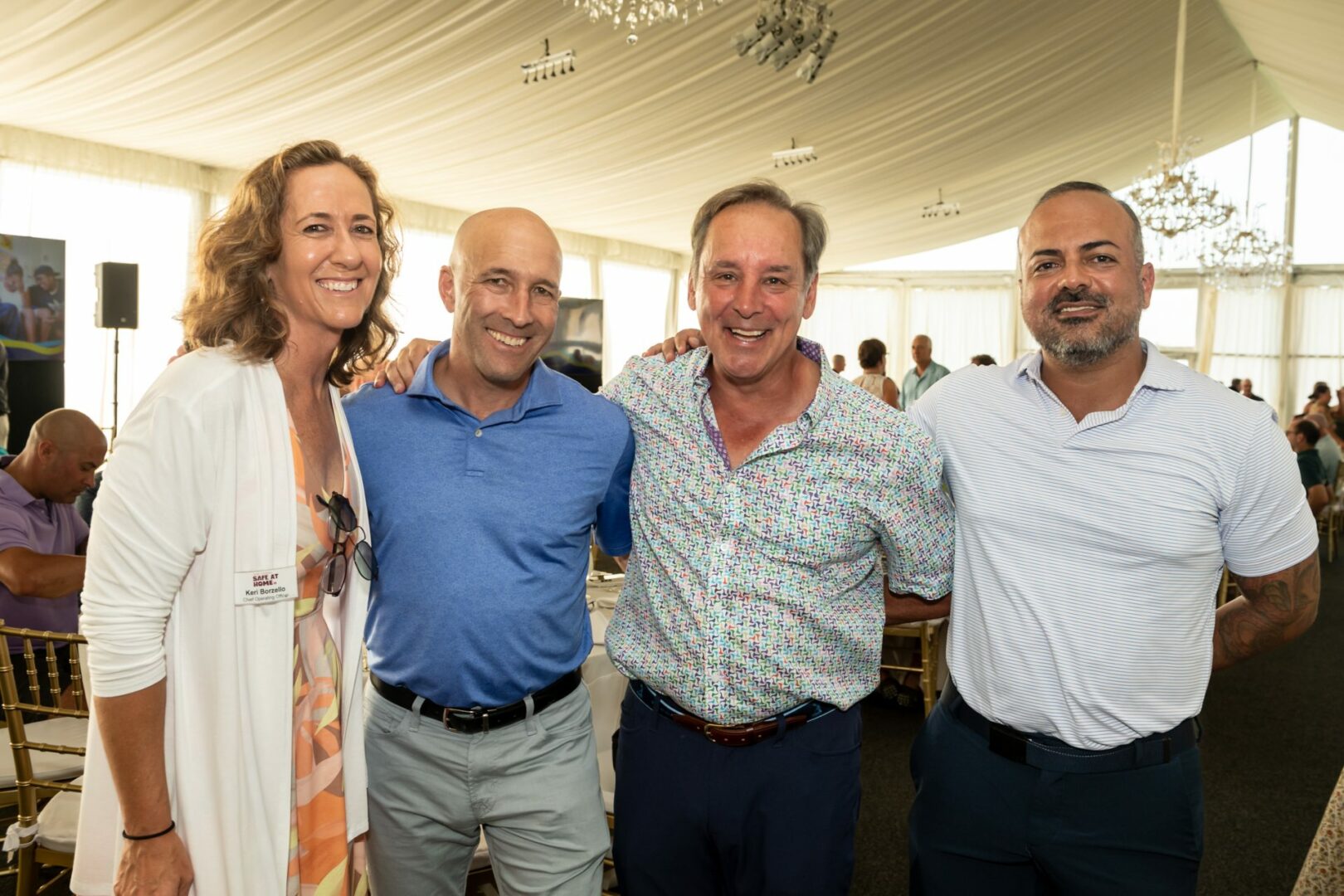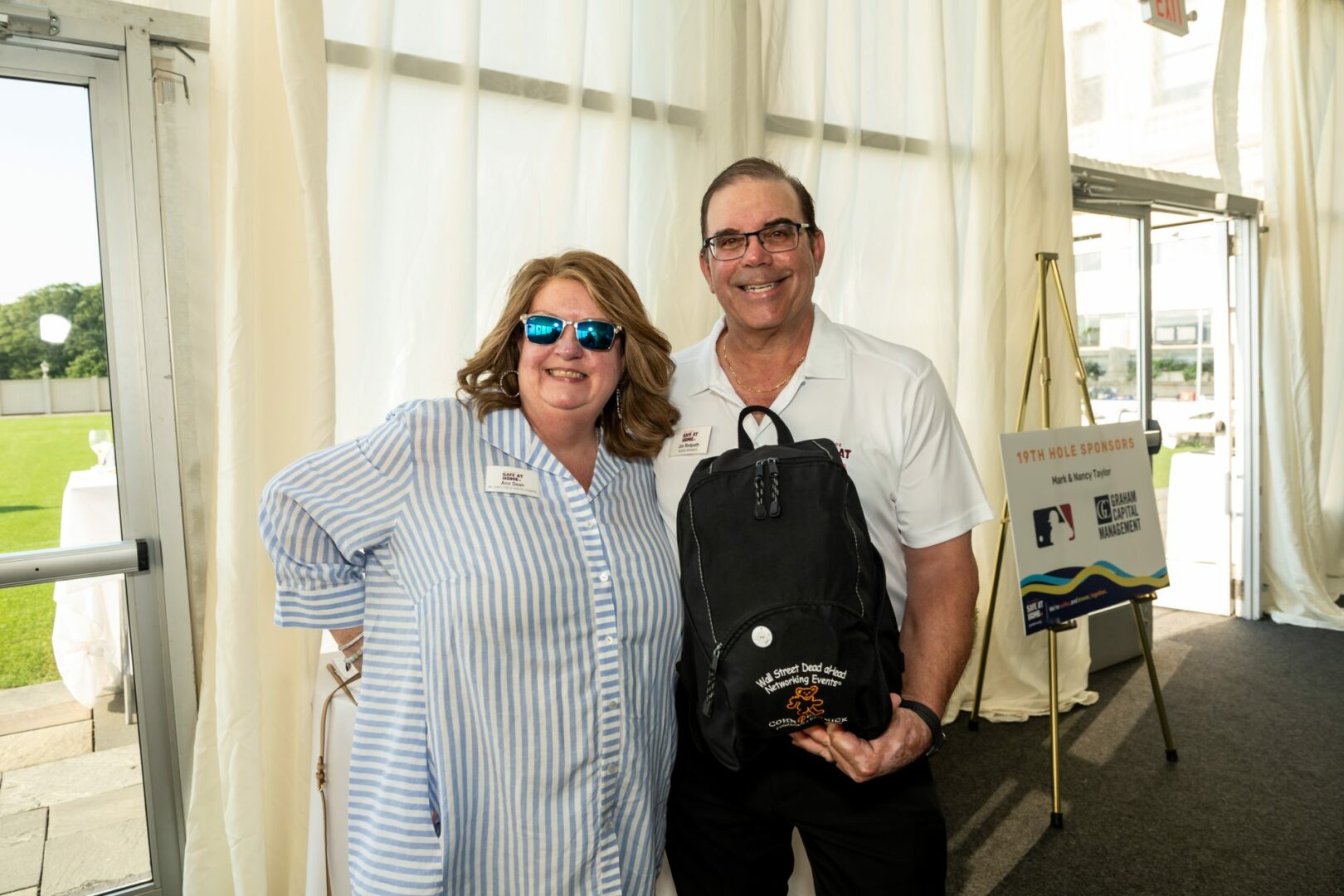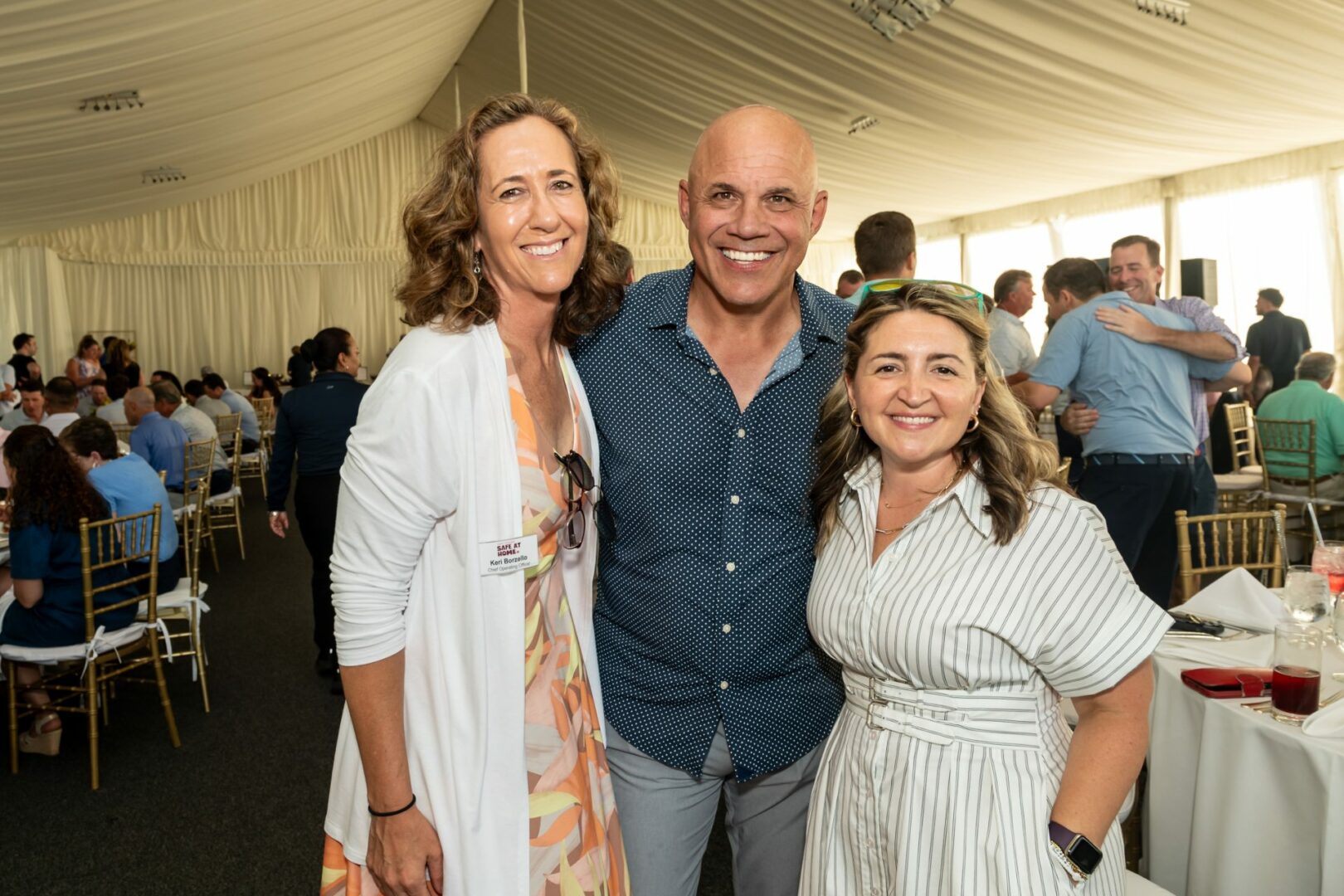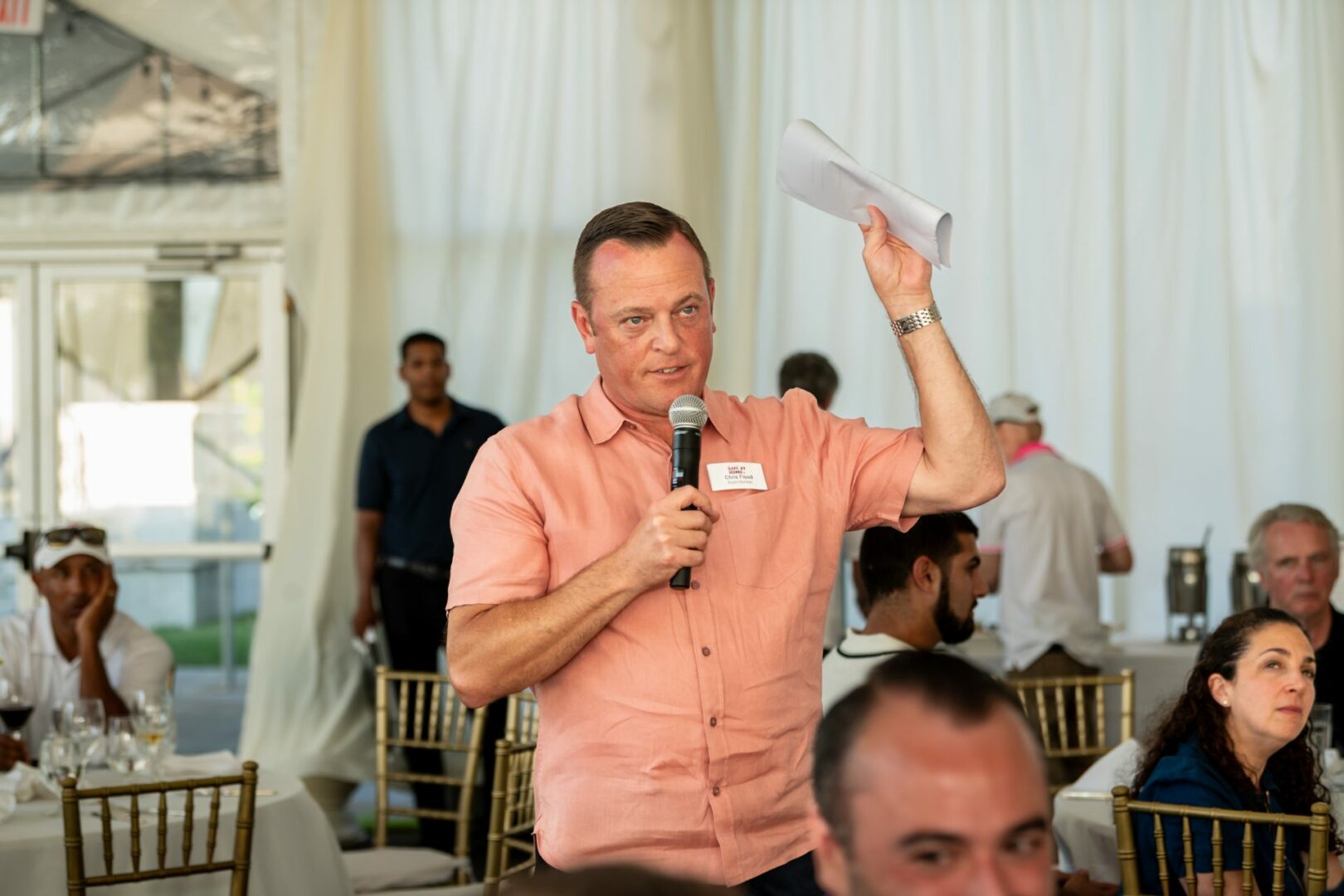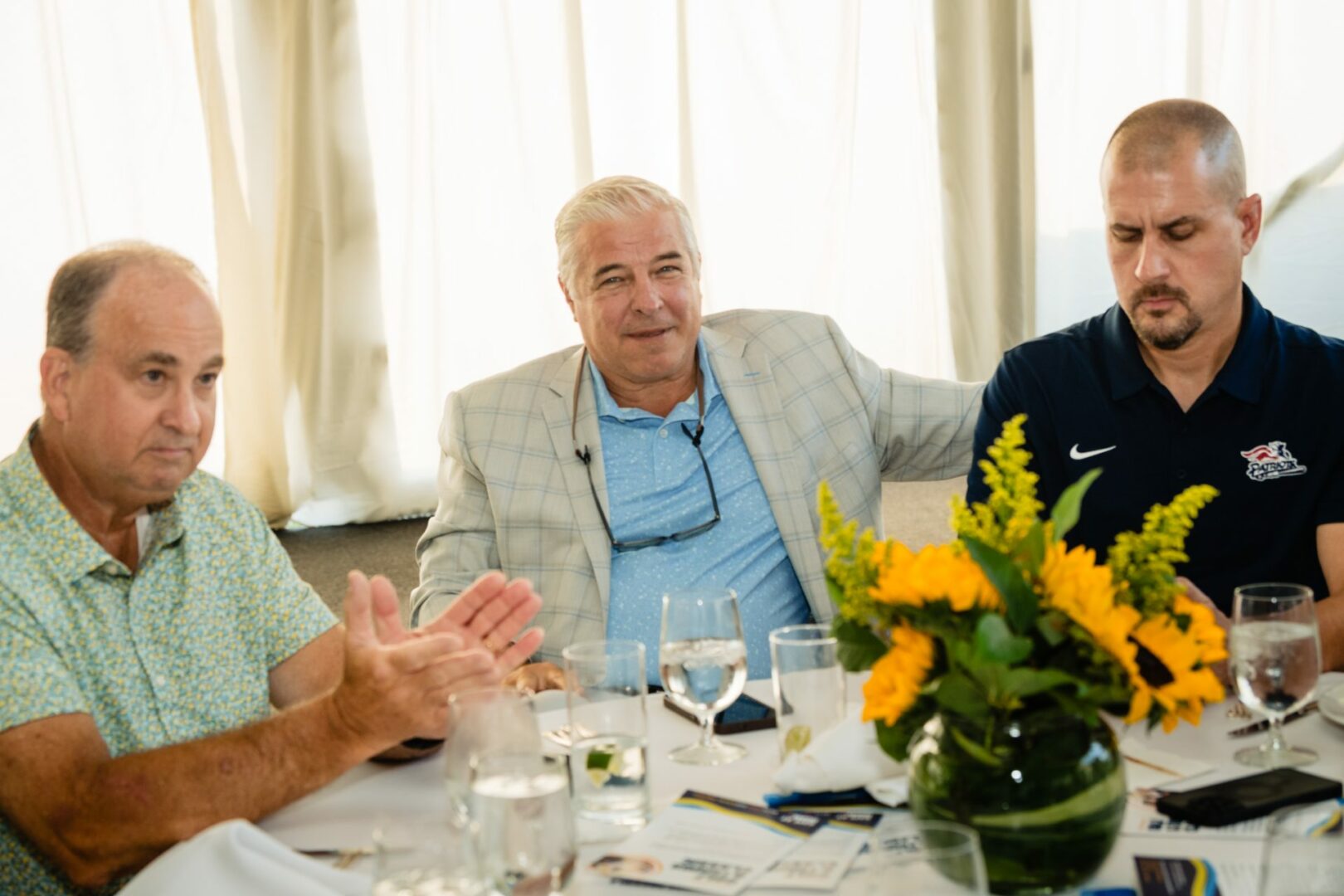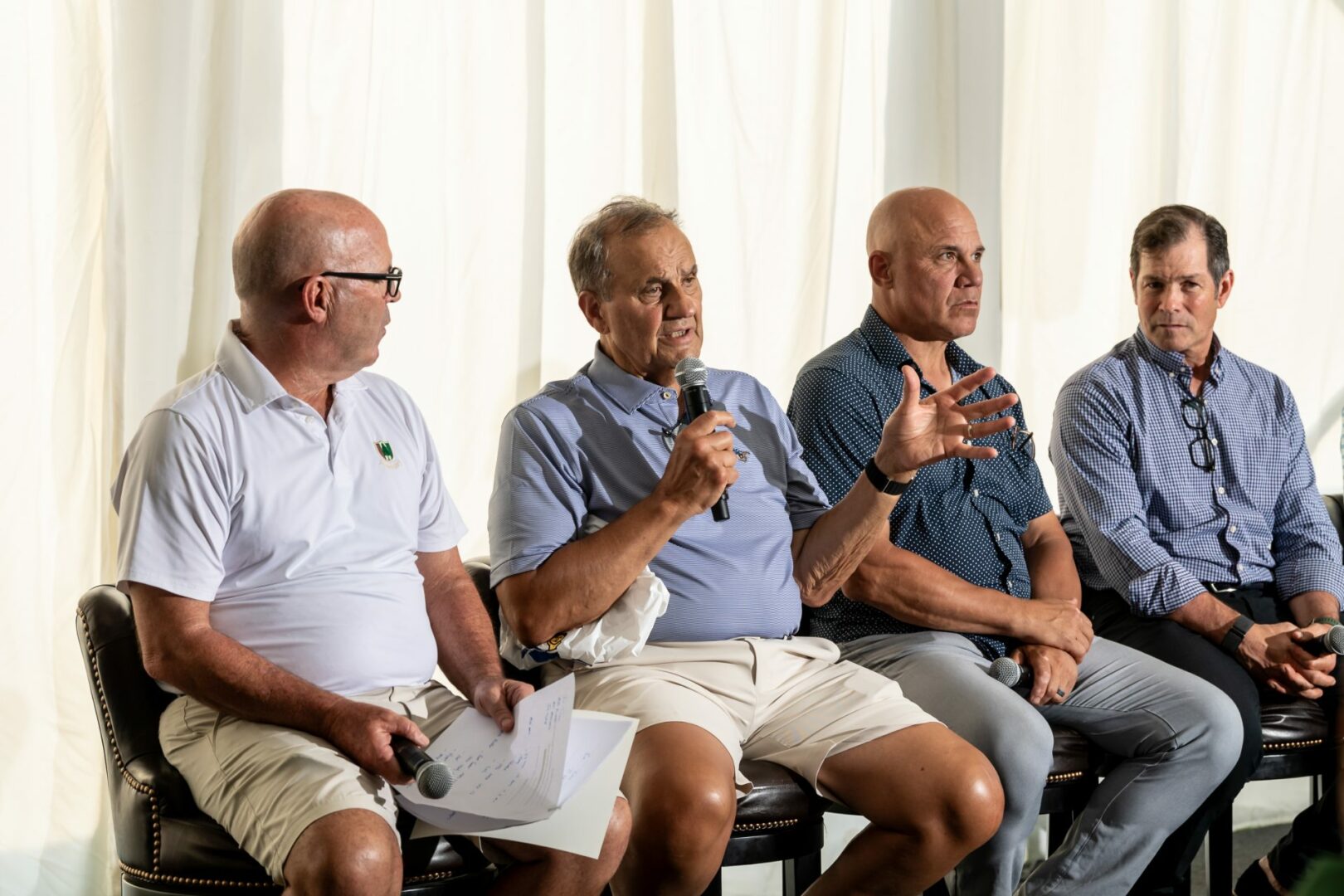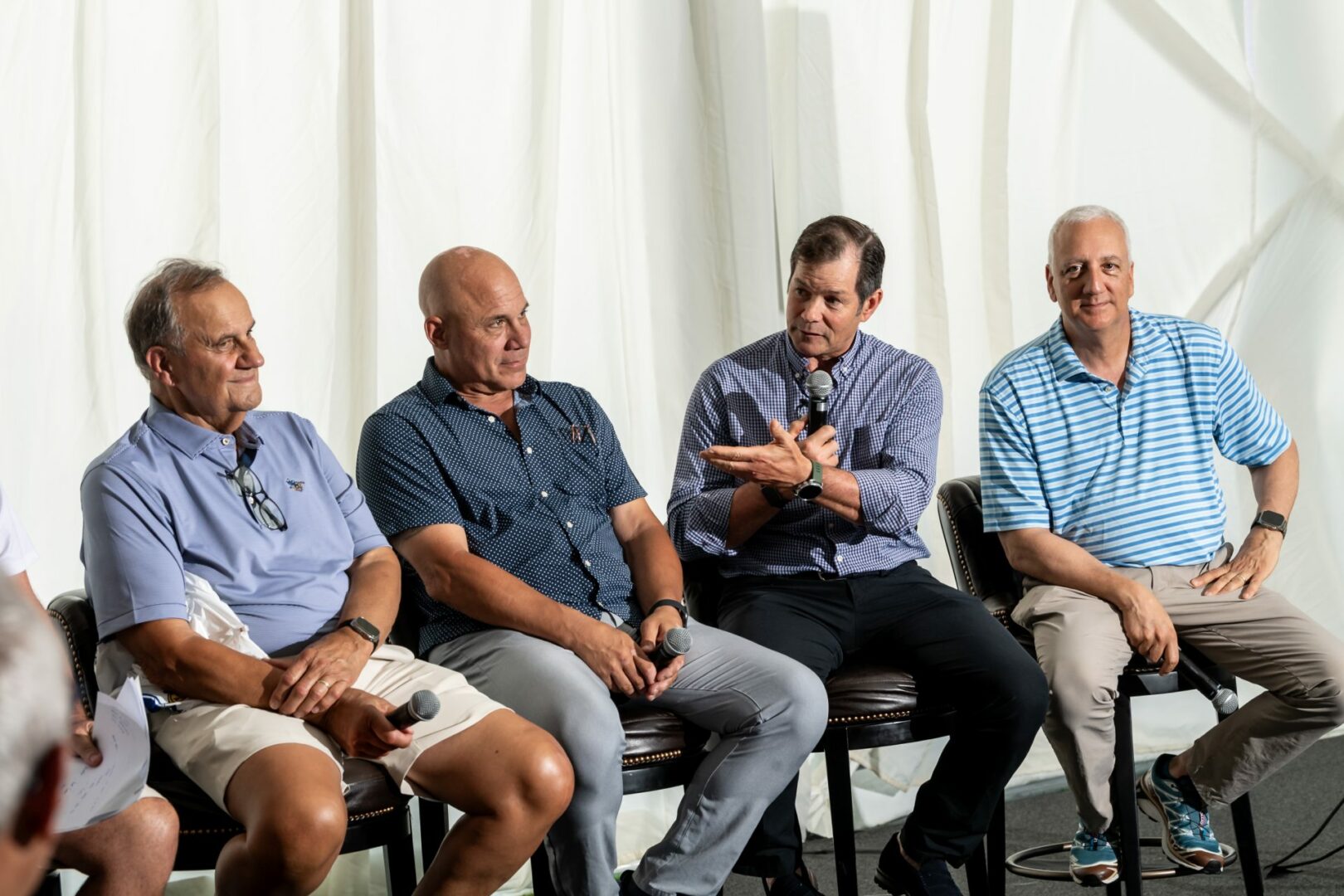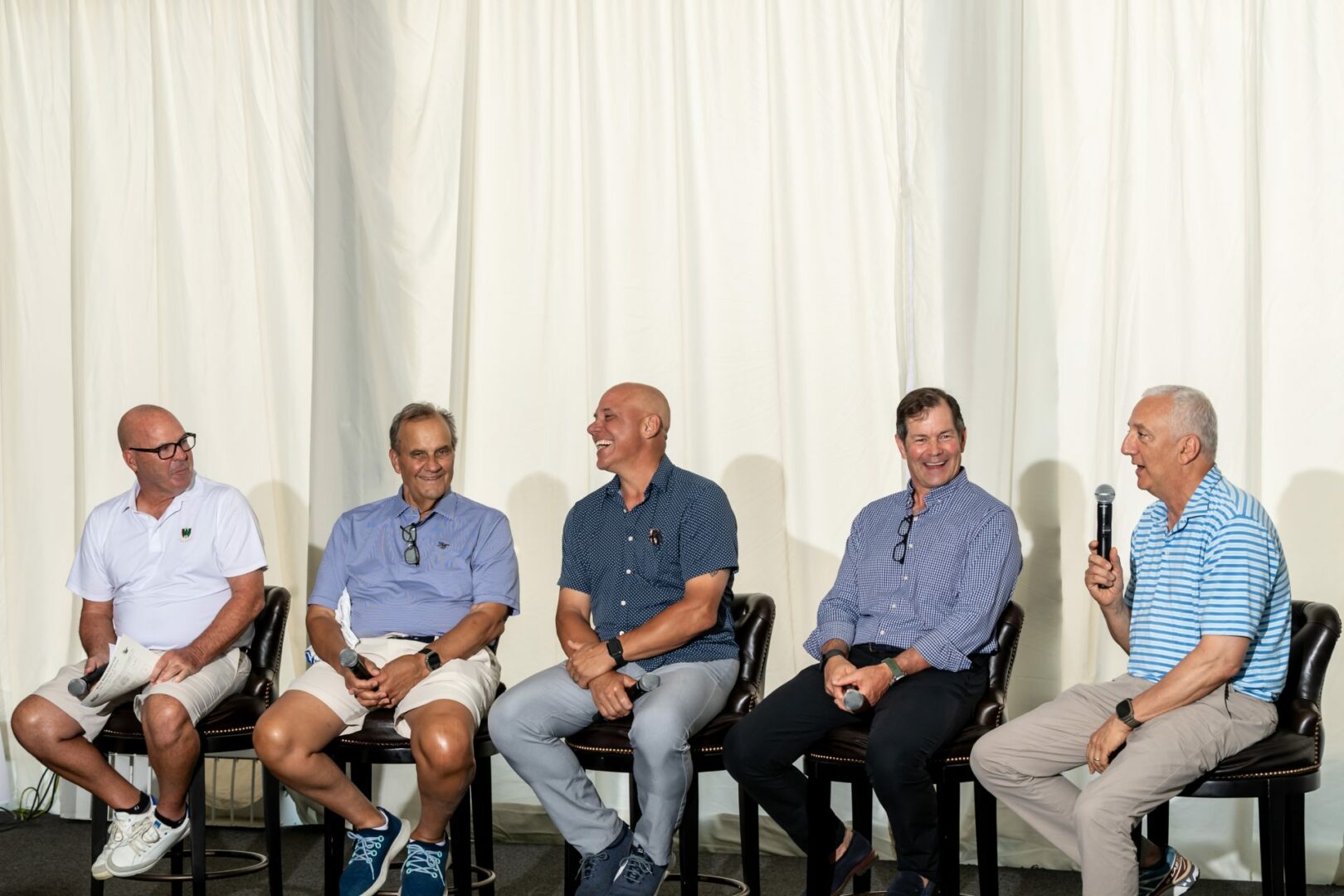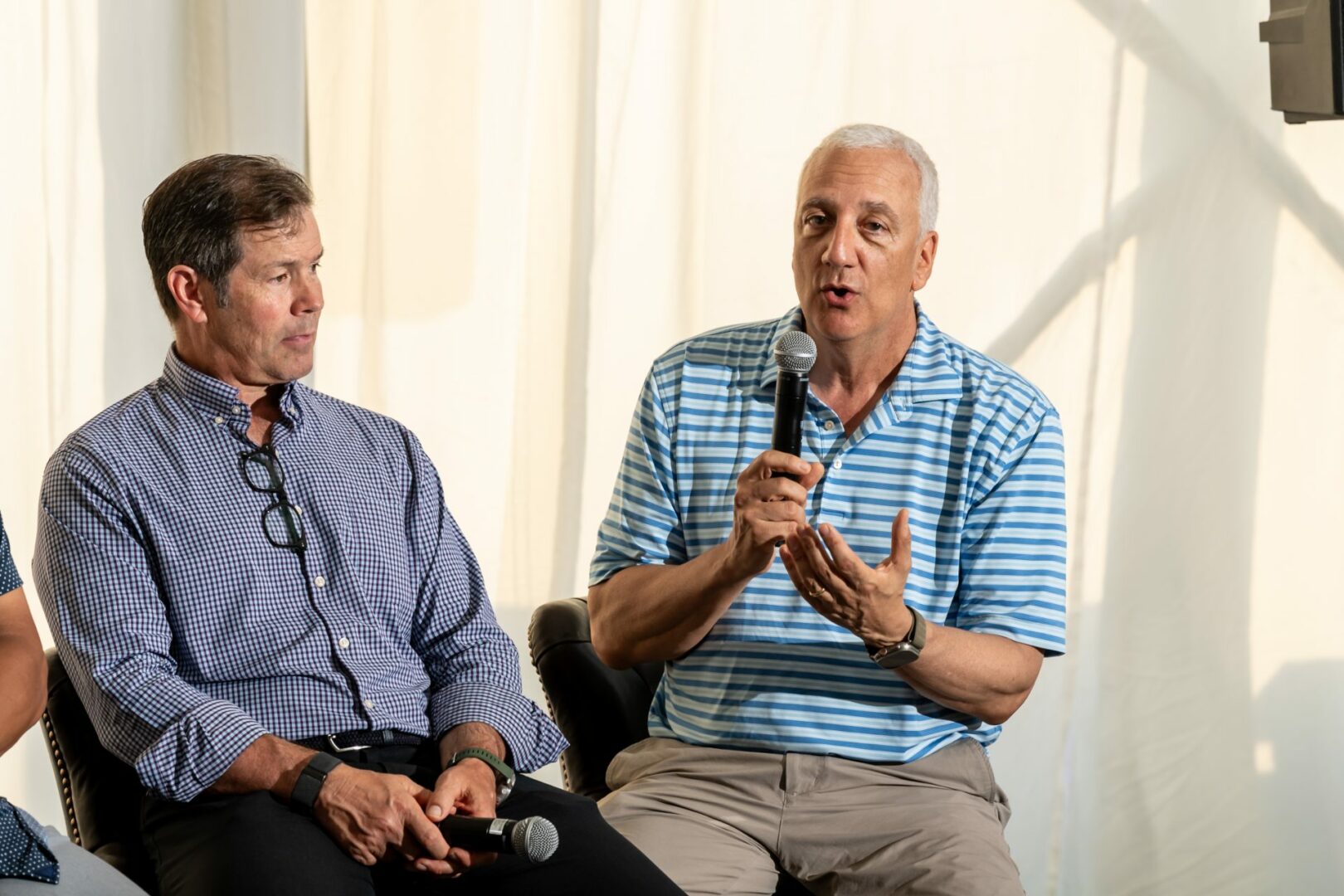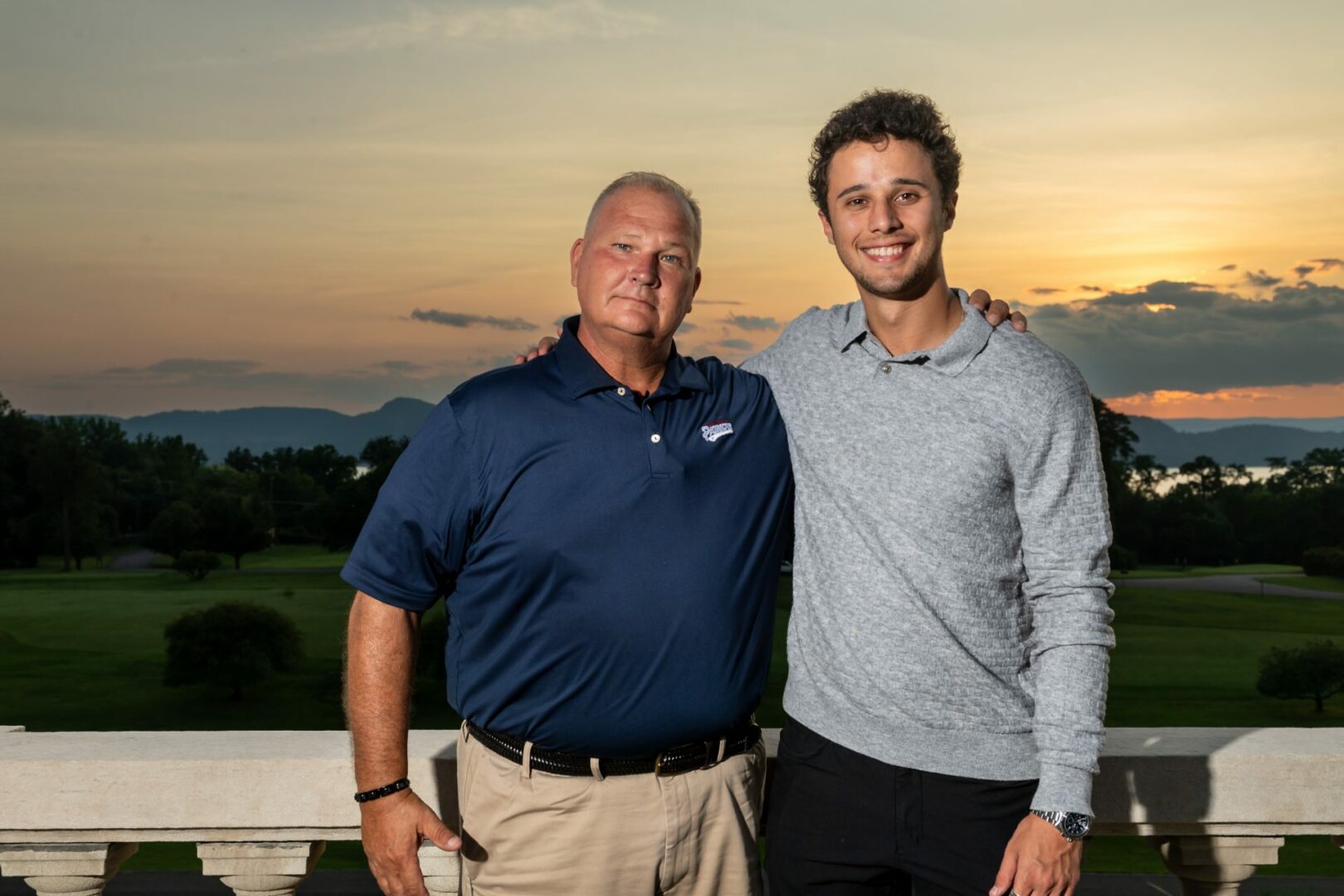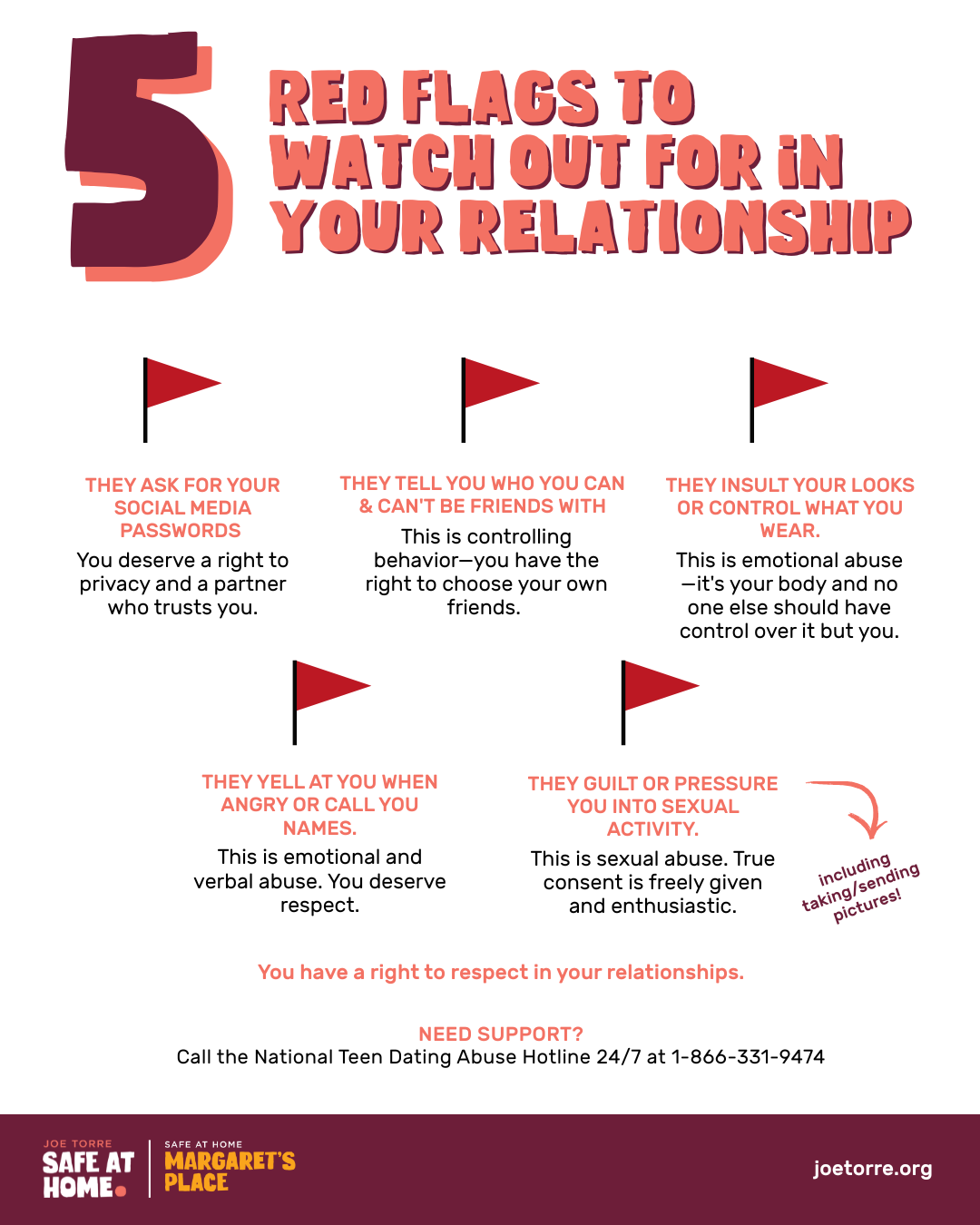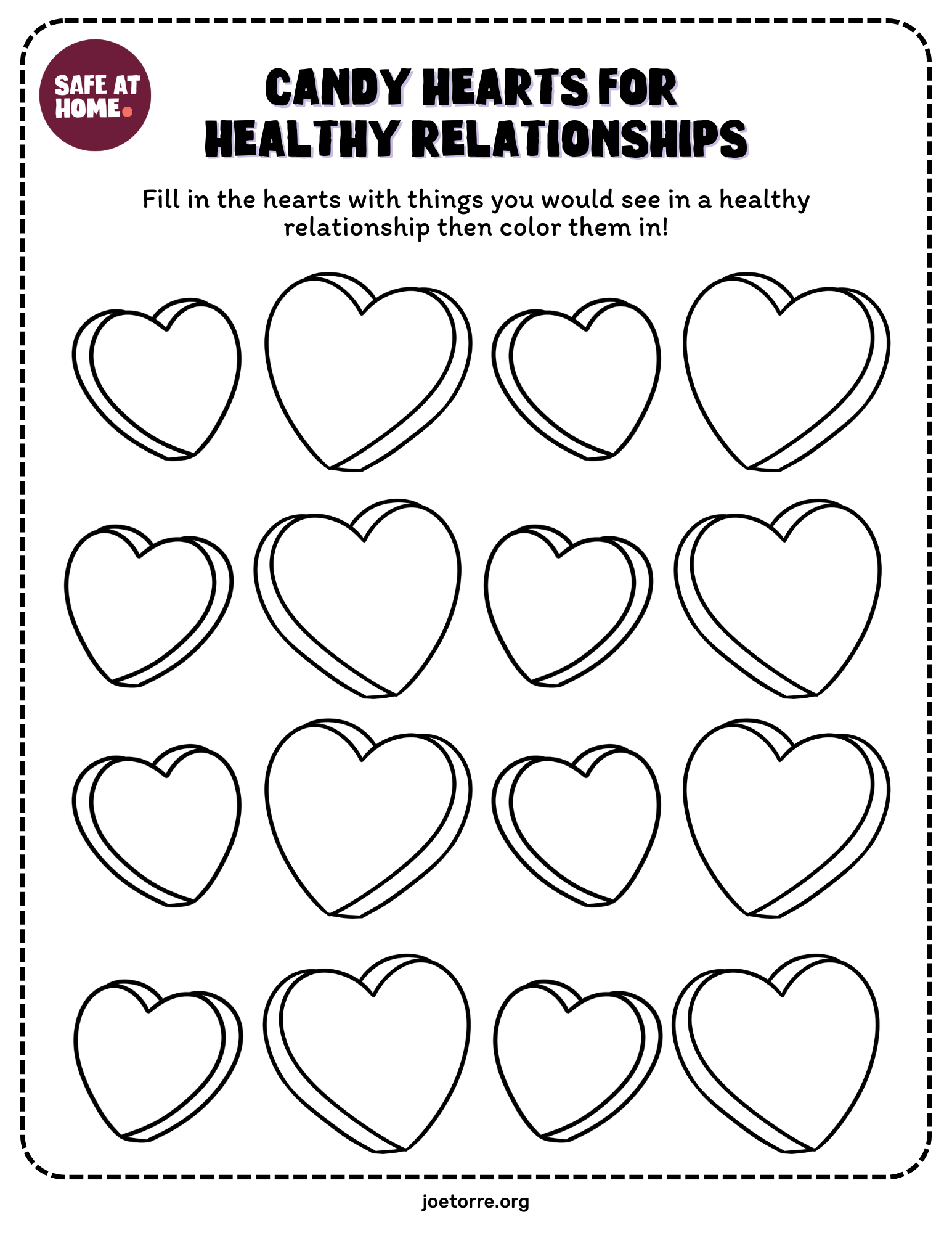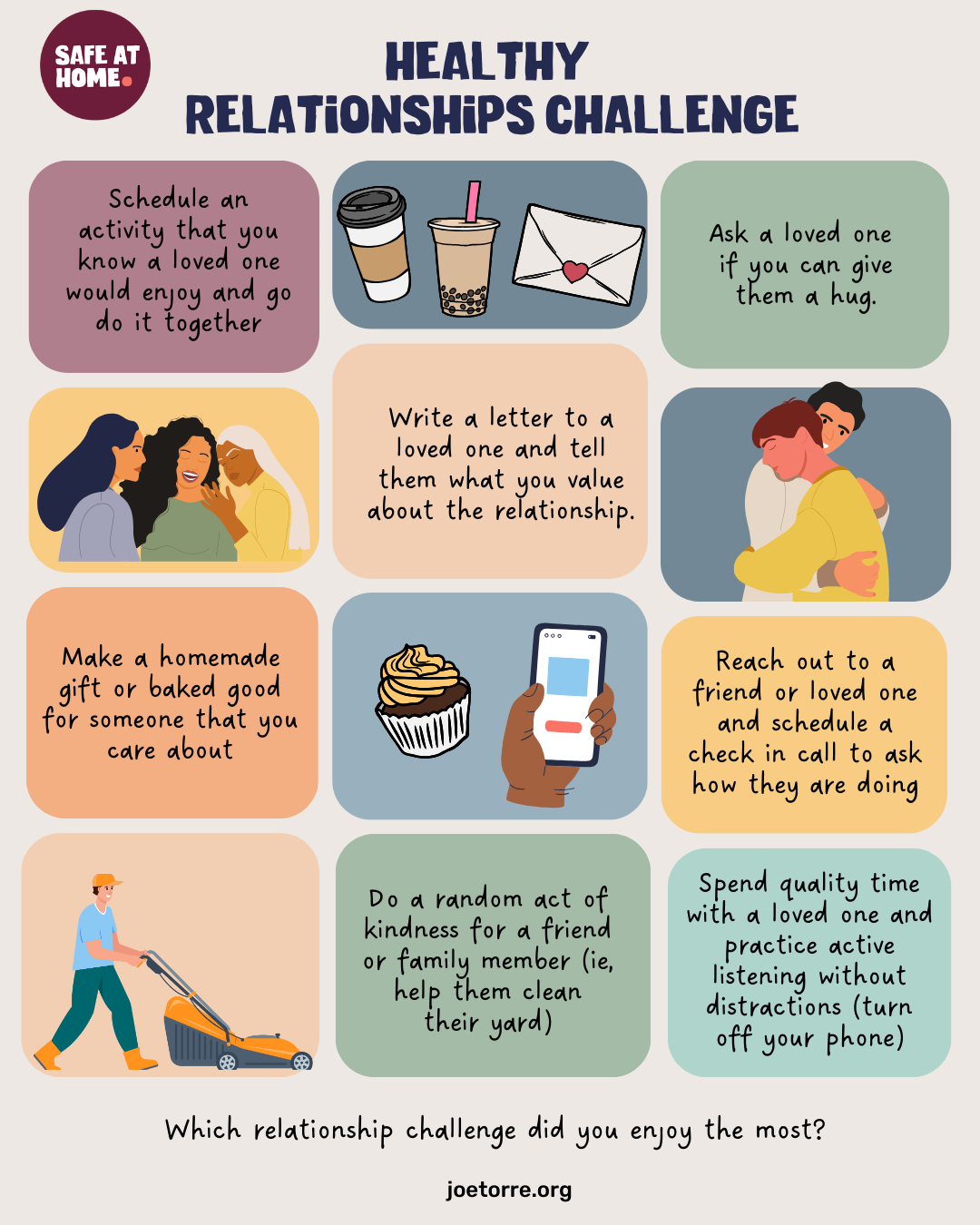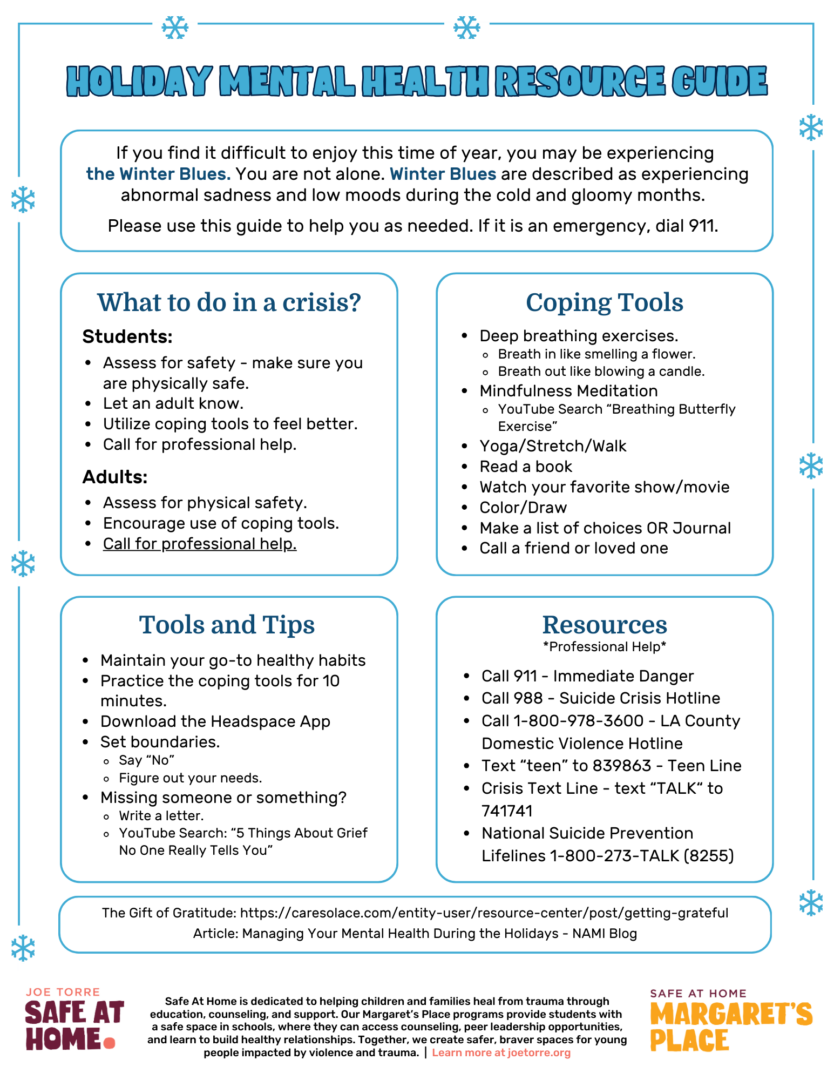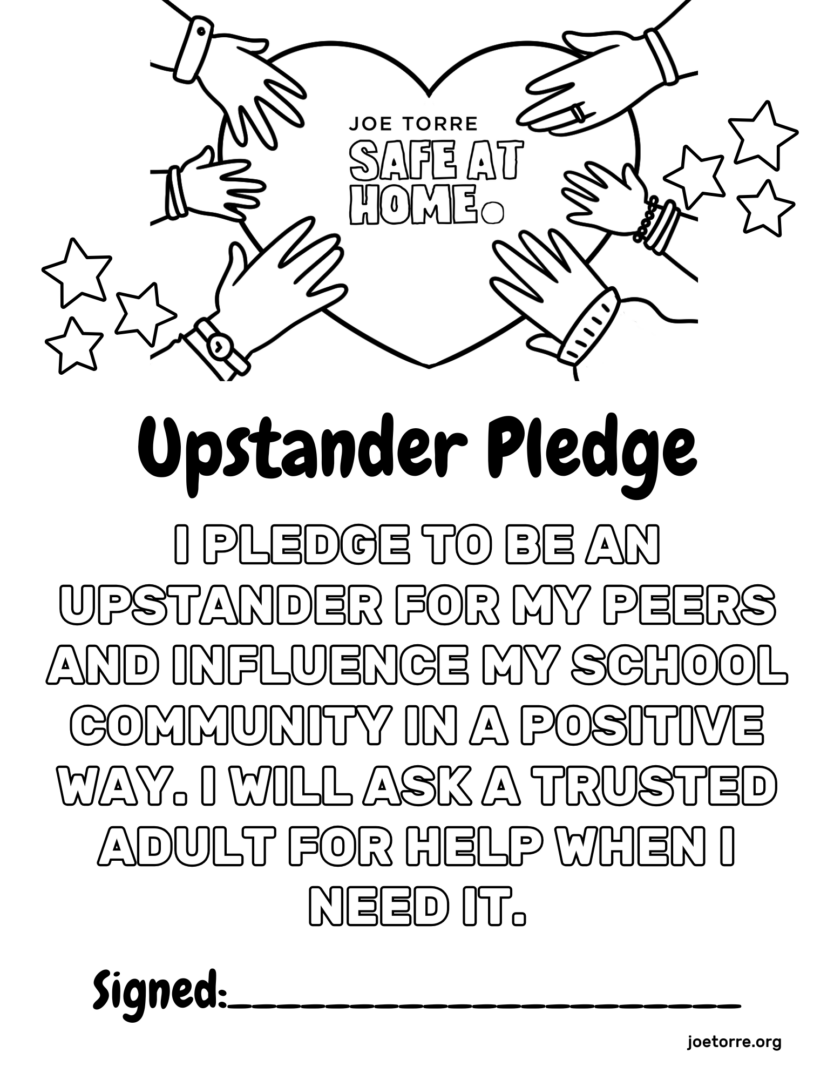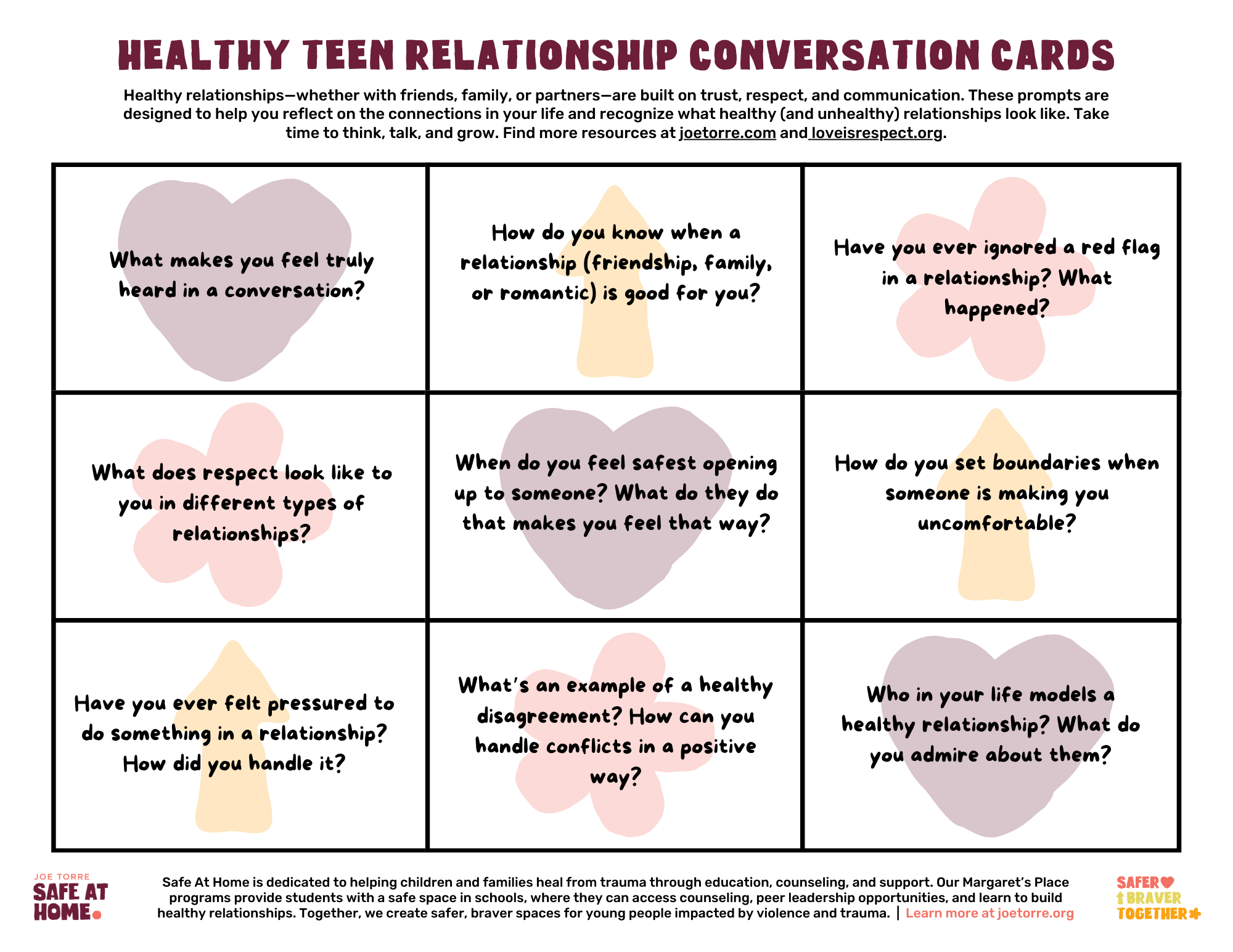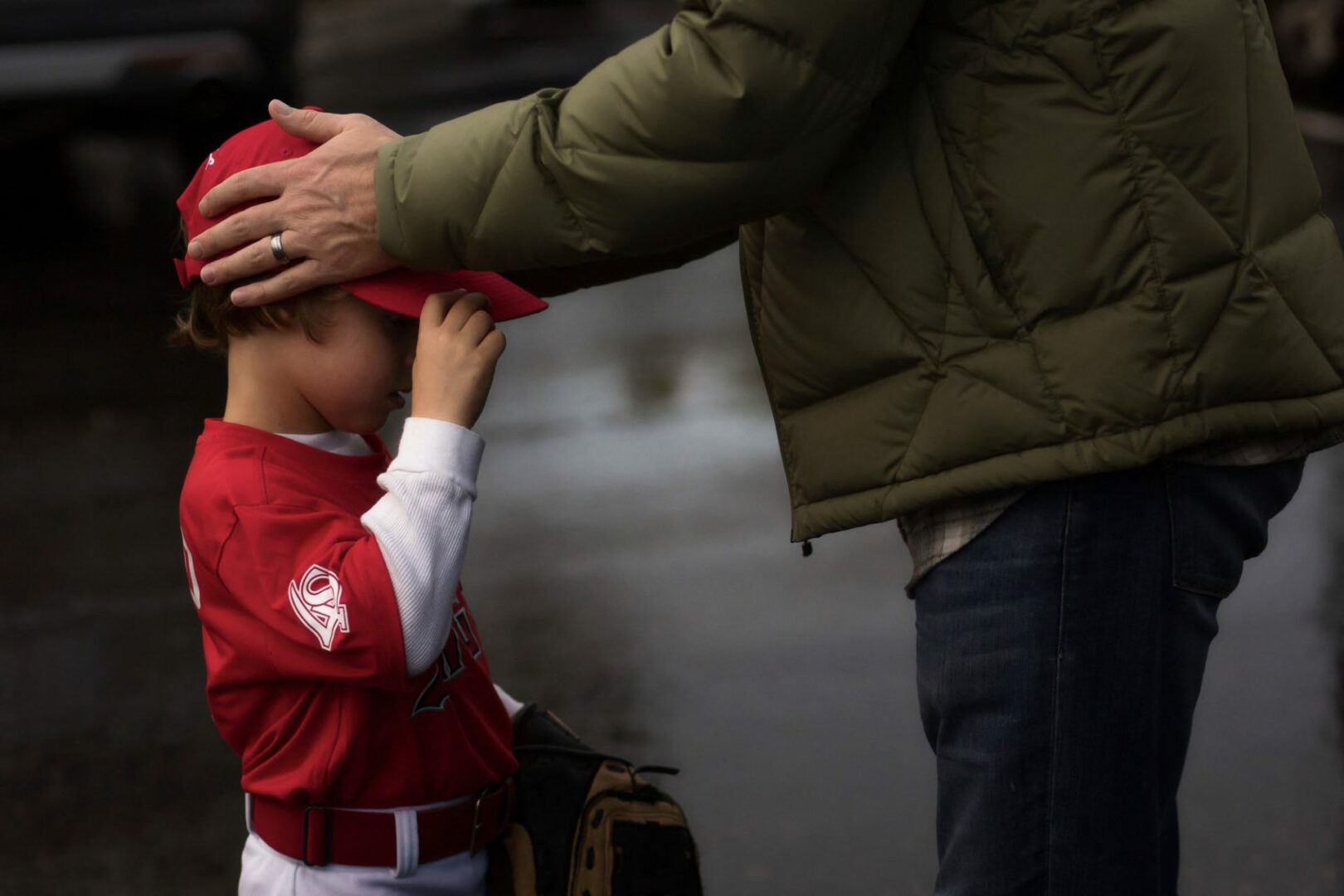Highlights from Our 2025 Partnership with MiLB & Select MLB Teams
As the 2025 baseball season winds down, we’re reflecting on another exciting summer partnering with Minor League Baseball (MiLB) and seven Major League Baseball (MLB) teams. Together, we brought our mission to end the cycle of domestic violence and abuse through education into ballparks across the country – connecting with fans, raising awareness, and reminding communities that every young person deserves to feel safe, supported, and respected.
Our Partnership with MiLB
For the ninth year, we teamed up with MiLB to raise awareness and inspire fans of all ages. At 63 participating games, families took home Safe At Home Topps® cards, saw mission-driven messages on scoreboards, and connected with local organizations right at the ballpark. At select games, fans even had the chance to win Joe Torre autographed baseballs.
What makes MiLB so special is the connection to local communities. From kids proudly trading Safe At Home cards in the stands, to families stopping by resource tables, to local organizations meeting fans face-to-face, these moments highlight how awareness and education ripple outward, one ballpark at a time.
This year’s participating MiLB teams included:
- Albuquerque Isotopes
- Altoona Curve
- Arkansas Travelers
- Birmingham Barons
- Binghamton Rumble Ponies
- Biloxi Shuckers
- Bradenton Marauders
- Chattanooga Lookouts
- Columbia Fireflies
- Columbus Clippers
- Columbus Clingstones
- Daytona Tortugas
- Dunedin Blue Jays
- El Paso Chihuahuas
- Eugene Emeralds
- Everett AquaSox
- Fayetteville Woodpeckers
- Frisco RoughRiders
- Fresno Grizzlies
- Great Lake Loons
- Harrisburg Senators
- Hartford Yard Goats
- Hickory Crawdads
- Hudson Valley Renegades
- Hub City Spartanburgers
- Iowa Cubs
- Jersey Shore BlueClaws
- Jupiter Hammerheads
- Kannapolis Cannon Ballers
- Knoxville Smokies
- Lakeland Flying Tigers
- Lake County Captains
- Lansing Lugnuts
- Las Vegas Aviators
- Memphis Redbirds
- Modesto Nuts
- Montgomery Biscuits
- Myrtle Beach Pelicans
- New Hampshire Fisher Cats
- Norfolk Tides
- Northwest Arkansas Naturals
- Oklahoma City Comets
- Omaha Storm Chasers
- Peoria Chiefs
- Portland Sea Dogs
- Reading Fightin Phils
- Reno Aces
- Rochester Red Wings
- Round Rock Express
- Salem Red Sox
- Scranton/Wilkes-Barre RailRiders
- Somerset Patriots
- South Bend Cubs
- St. Lucie Mets
- St. Paul Saints
- Stockton Ports
- Toledo Mud Hens
- Tulsa Drillers
- Vancouver Canadians
- Visalia Rawhide
- Wichita Wind Surg
Teamwork, Respect, & Role Models
The values of teamwork, respect, and positive role modeling are part of what makes baseball so meaningful. They’re the same values we carry into classrooms and communities through our Margaret’s Place program.
Throughout the season, ballparks also featuredvideo reflections from our Margaret’s Place students sharing in their own words what teamwork, respect, and role models mean to them. These powerful voices connected fans to the heart of our mission in a way that only young people can.
Highlights from Our MLB Partners
In addition to our MiLB activations, seven Major League Baseball (MLB) teams partnered with us this summer to bring Safe At Home into their home ballparks. At participating games, fans saw Safe At Home featured on scoreboards, received custom Topps® cards, and connected with local organizations offering resources.
At select games, Joe Torre joined in the experience by stepping onto the field, reuniting with teams from his career, and sharing our mission in broadcast booths and community spaces. Each game carried its own unique story.
Here are some of the highlights:
A Night to Remember in Cincinnati
June 3, 2025
At Great American Ball Park, Joe Torre stepped onto the field as the Honorary Captain for the Cincinnati Reds. As part of the Reds’ June anti-bullying month, Safe At Home was recognized on the scoreboard with photos and our logo, while an announcement introduced us to fans. QR codes around the stadium directed fans to our website, and pre-recorded radio PSAs ran throughout the month to raise awareness. Joe also joined the Reds’ pregame radio show to share more about our mission.
The Mets Step Up in New York
July 21, 2025
At Citi Field, the New York Mets helped bring our mission to the fans by sharing our PSA before first pitch, and welcomed Joe for pregame media appearances.
Joe played for the Mets from 1975–1977, and managed the team from 1977–1981.
Back in St. Louis with the Cardinals
July 30, 2025
At Busch Stadium, Joe Torre joined the St. Louis Cardinals for a pregame ceremony, along with community partners YWCA Metro St. Louis, who’s hotline information was posted around the ballpark to help connect fans to local resources. YWCA staff also tabled before and during the game, sharing custom Safe At Home Topps® cards along with both Safe At Home and YWCA materials. Joe joined both the TV and radio broadcast booths, sharing stories from his career and reflecting on why prevention and education are so critical.
Joe played for St. Louis from 1969–1974, earning National League MVP in 1971, and later managed the team from 1990–1995. He was inducted into the Cardinals Hall of Fame in 2016.
Family Fun with the Twins
August 10, 2025
At Target Field, Safe At Home was part of a family-focused game day with the Minnesota Twins, along with Esperanza United, a local organization who Safe At Home was featured alongside during the pregame ceremony. Fans saw PSAs kids ages 12 and under who ran the bases after the game received custom Safe At Home Topps® cards.
Bronx Pride with the Yankees
August 12, 2025
At Yankee Stadium, fans saw Safe At Home’s PSA on the scoreboard before the New York Yankees‘ first pitch, and Joe joined media throughout the game to share his story and our mission. This participating game brought together longtime supporters and new friends, all in support of a safer, braver future.
Of course, Yankee Stadium will always be home turf for Joe. As manager from 1996–2007, he led the Yankees to four World Series championships and had his number 6 retired in Monument Park in 2014.
A Special Night in Cleveland
August 14, 2025
At Progressive Field, Joe Torre threw out the first pitch, followed by an announcement about Safe At Home. Joe joined the Cleveland Guardians’ TV, radio, and Spanish-language radio broadcasts, helping bring our mission to fans across Cleveland.
The Phillies in Philadelphia
September 14, 2025
Safe At Home will join the Philadelphia Phillies at Citizens Bank Park as part of their annual Domestic Violence Awareness game with the Pennsylvania Coalition Against Domestic Violence (PCADV). During the pregame ceremony, both Safe At Home’s and PCADV’s PSAs will be shown, while local organizations table outside the stadium gates to connect fans with resources. Fans will also receive custom Safe At Home Topps® cards alongside additional information from PCADV and other partners.
Closing Out the Season
From Major League ballparks to Minor League communities, our baseball partnerships remind us that the game is about so much more than wins and losses. It’s about respect, teamwork, and creating safe spaces for the next generation.
We’re grateful to MiLB, MLB, Topps®, and each team that helped make this season so meaningful. Together, we’re carrying forward our mission to end the cycle of domestic violence and abuse through education, and to create a world where every young person feels safe, supported, and respected.
Catch more highlights on our Instagram, and learn more at joetorre.org/milb.

